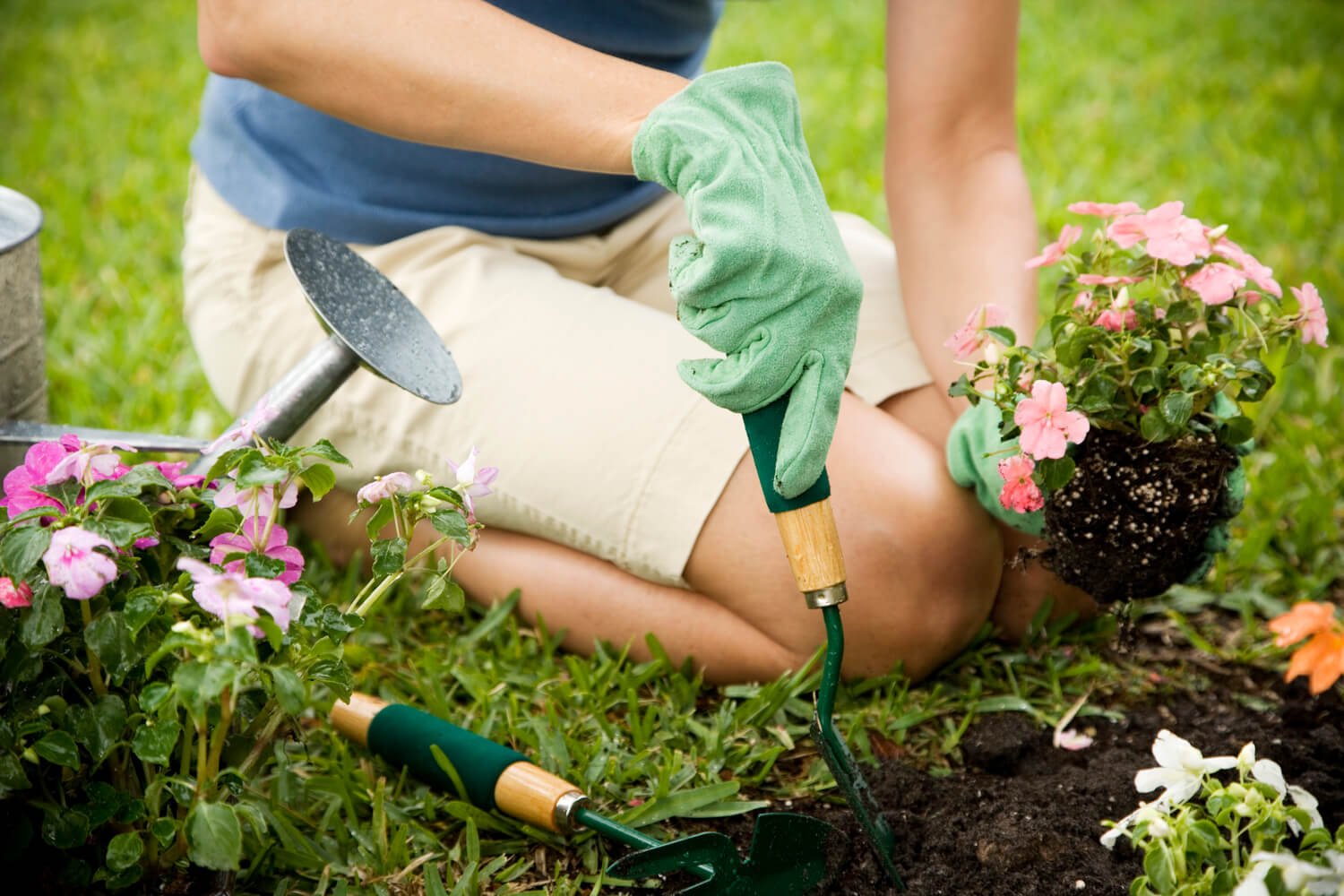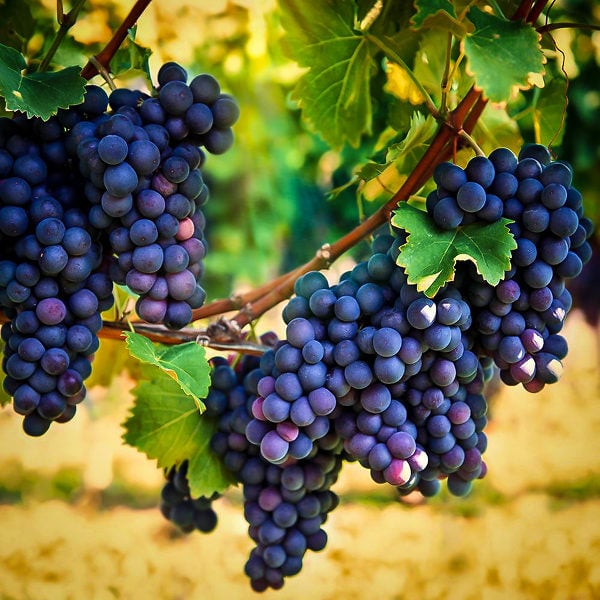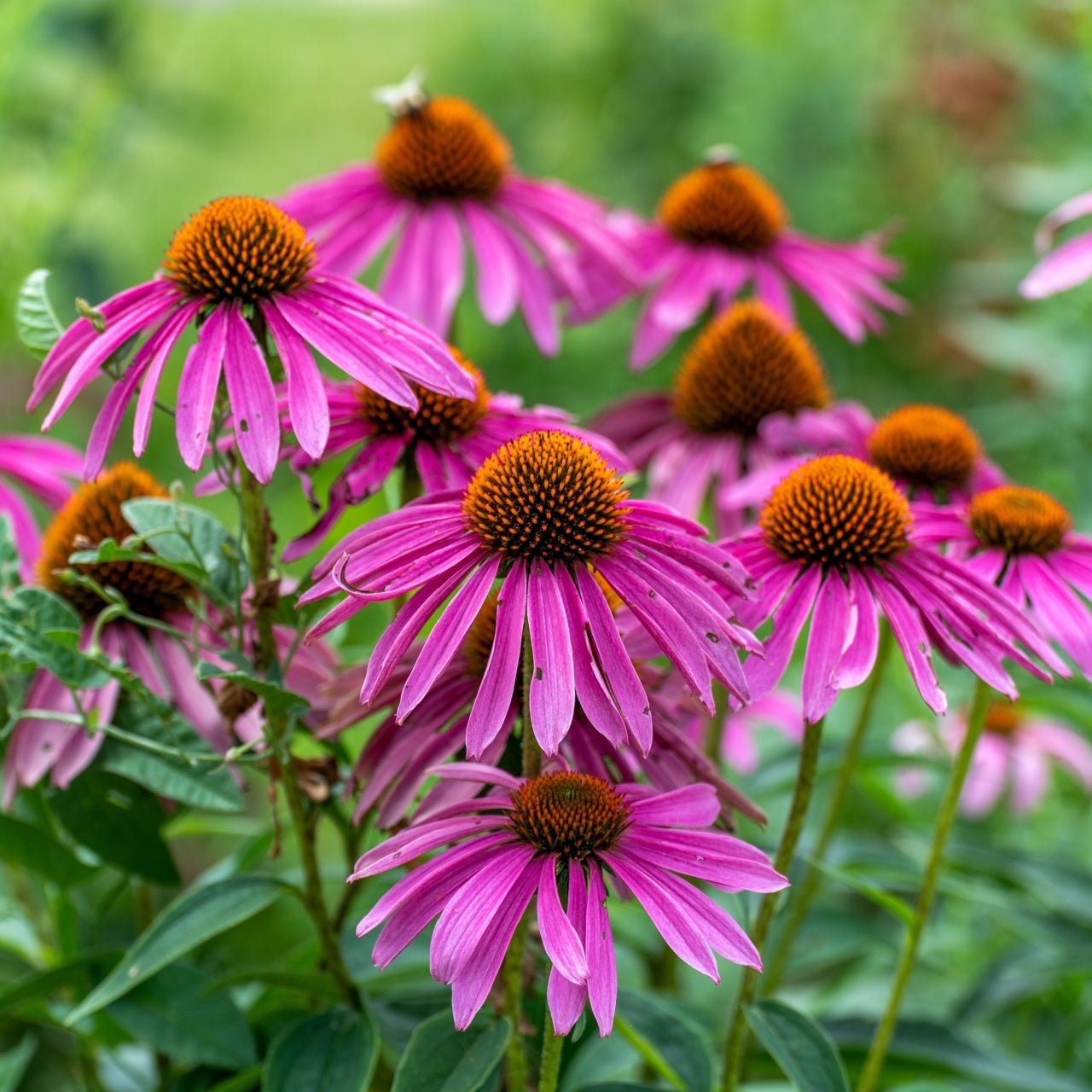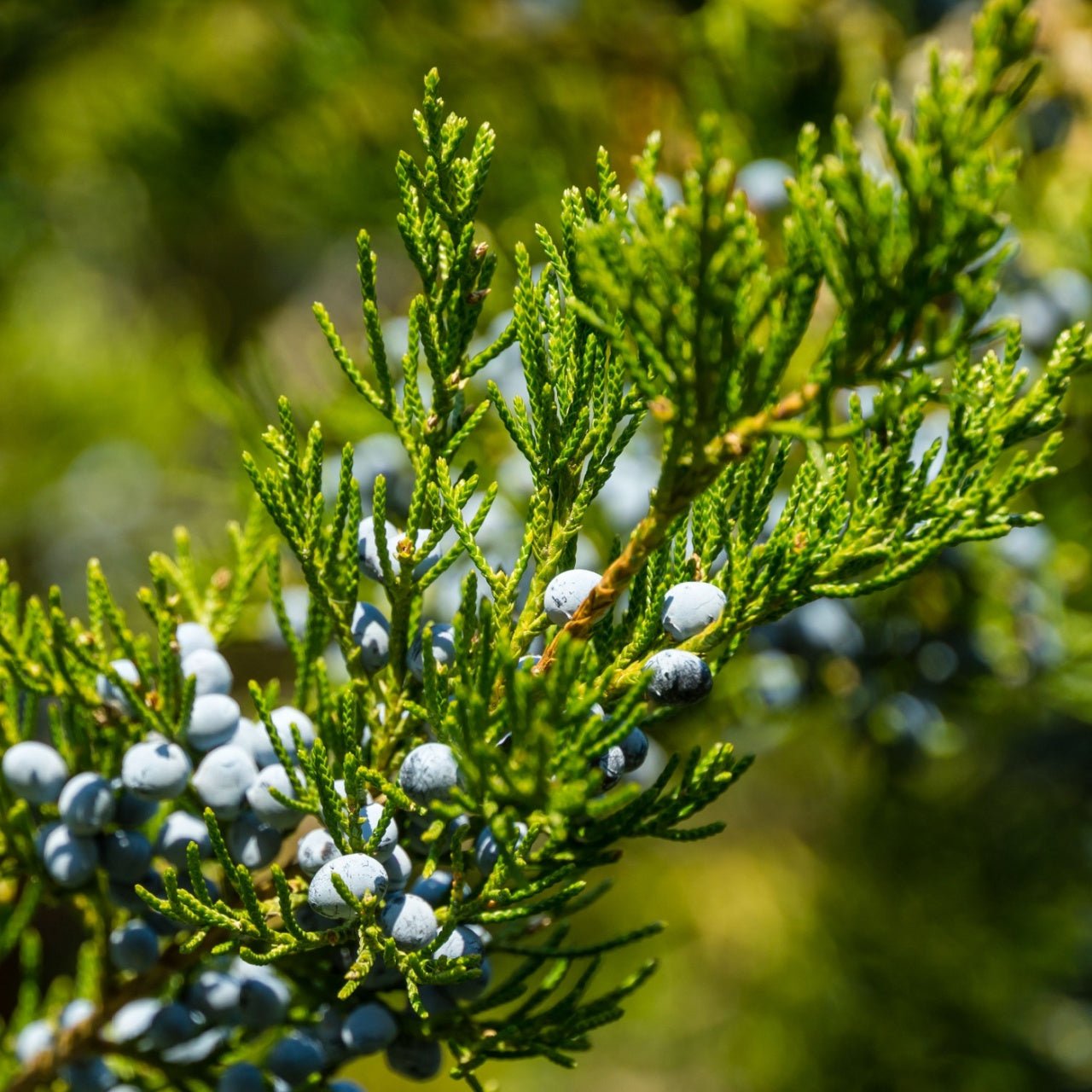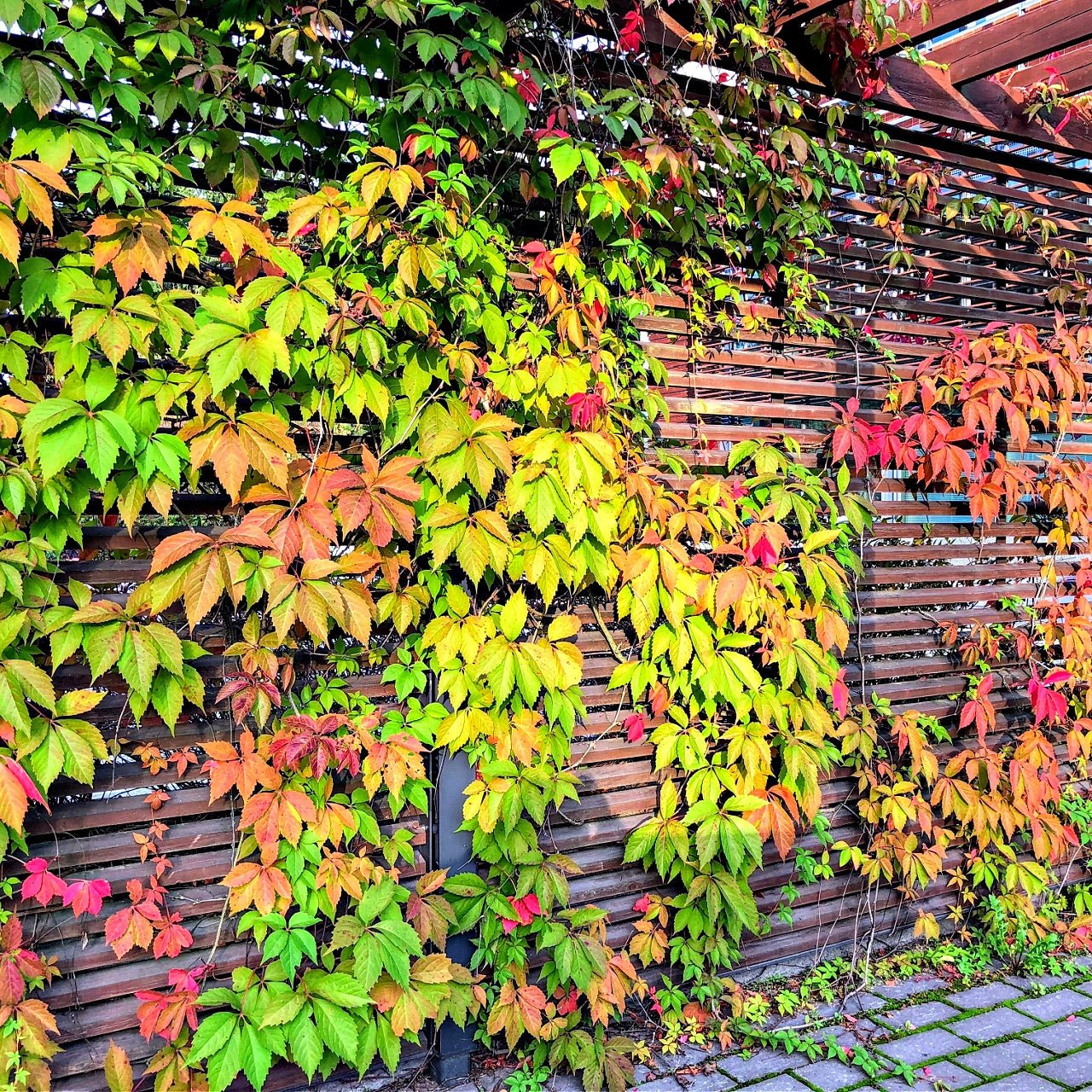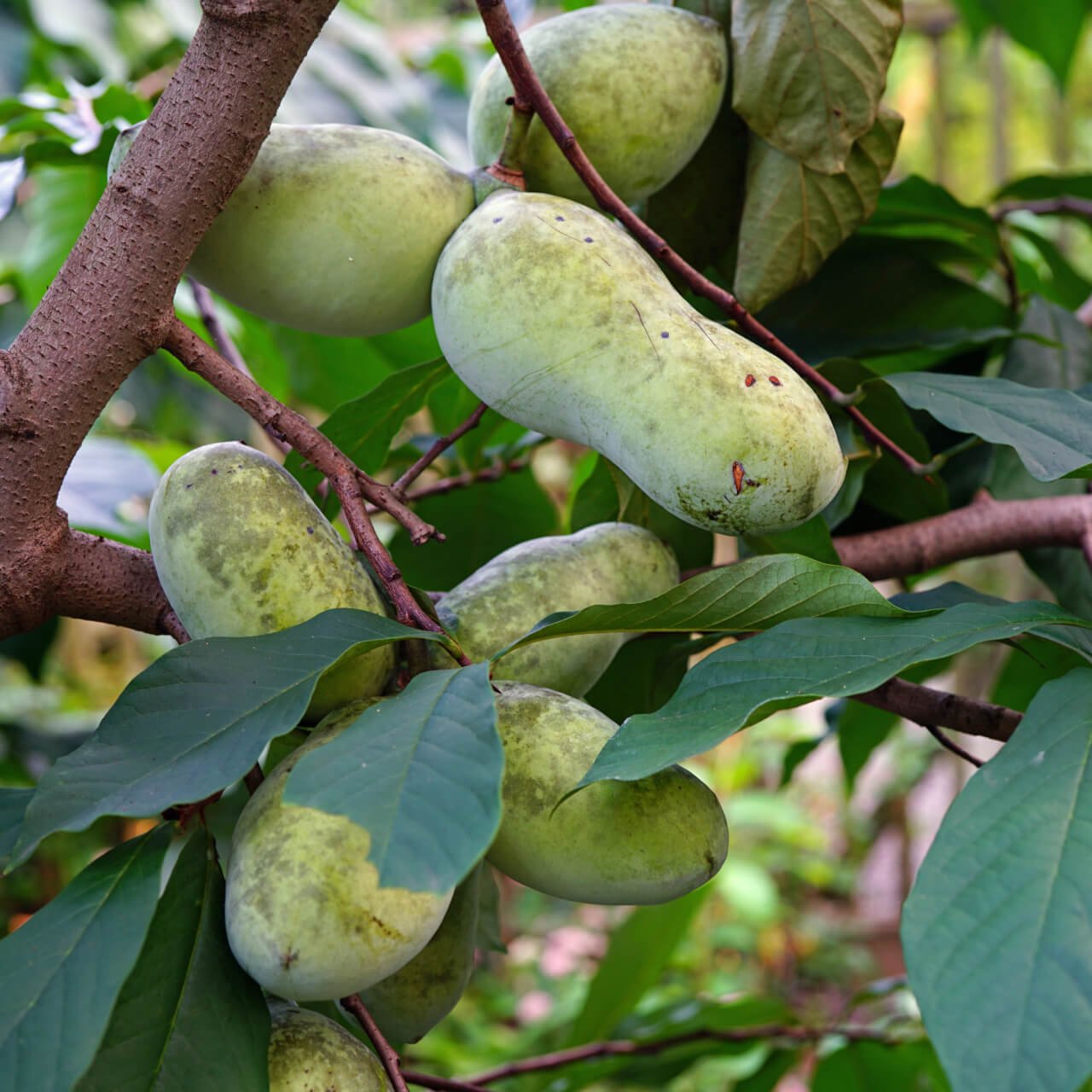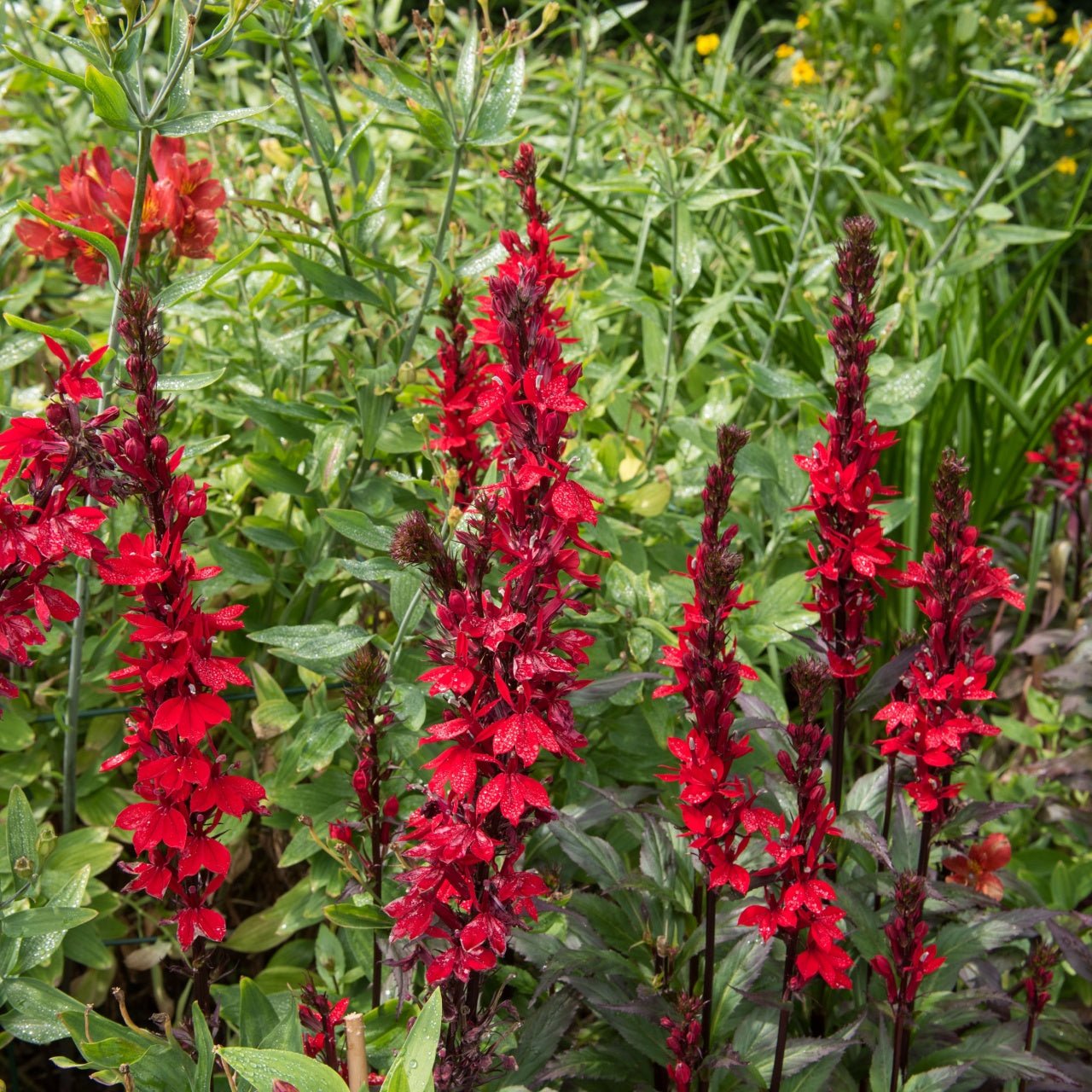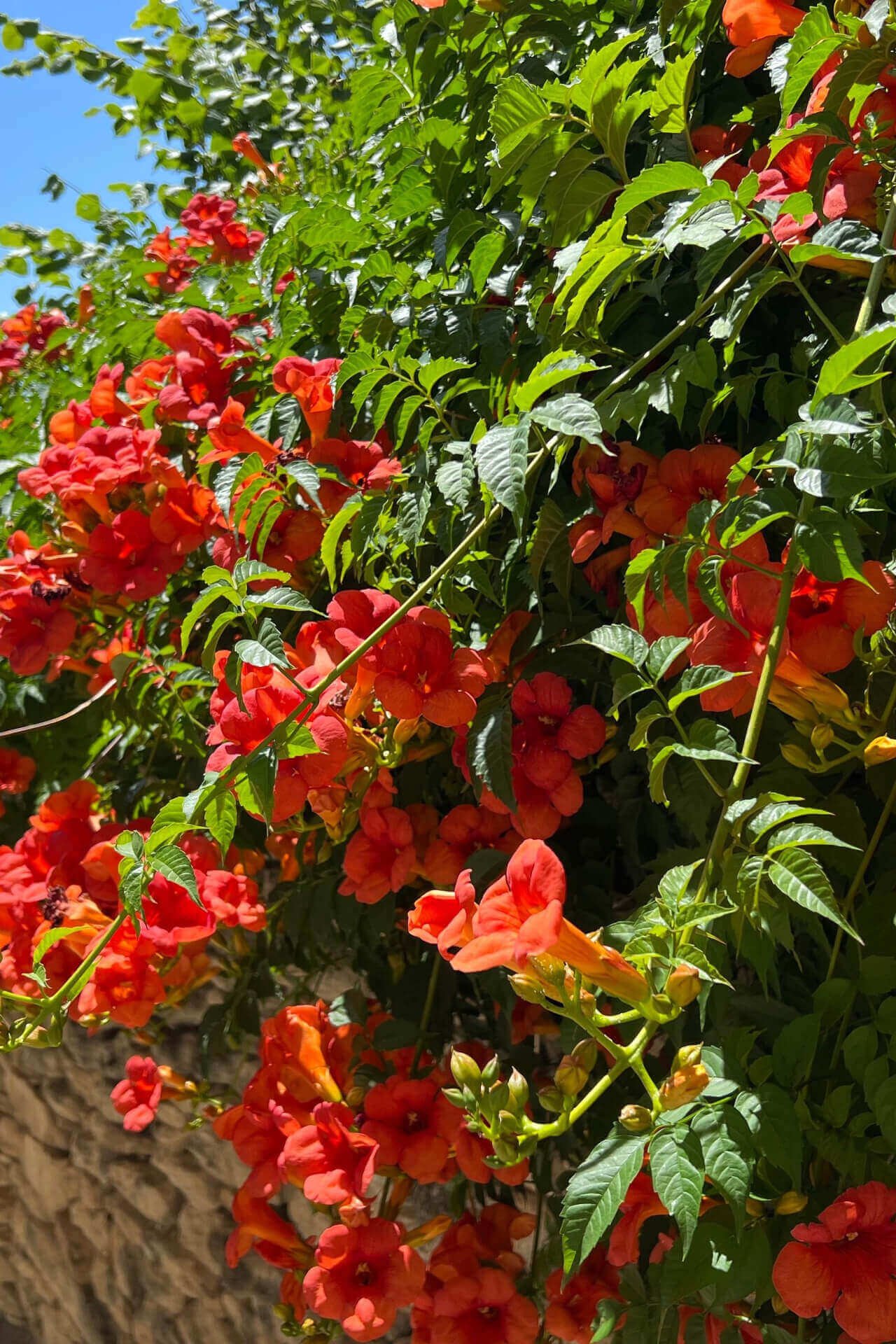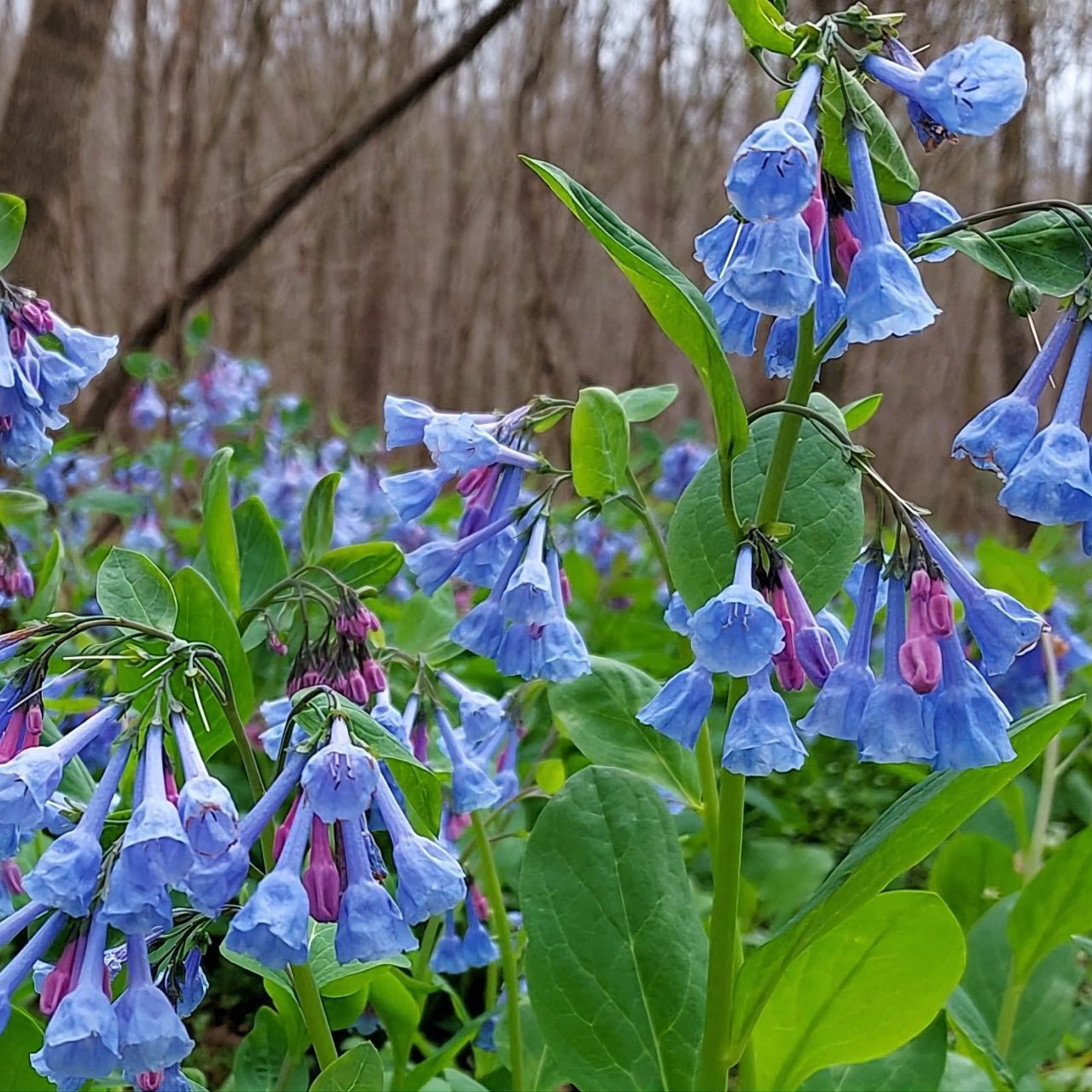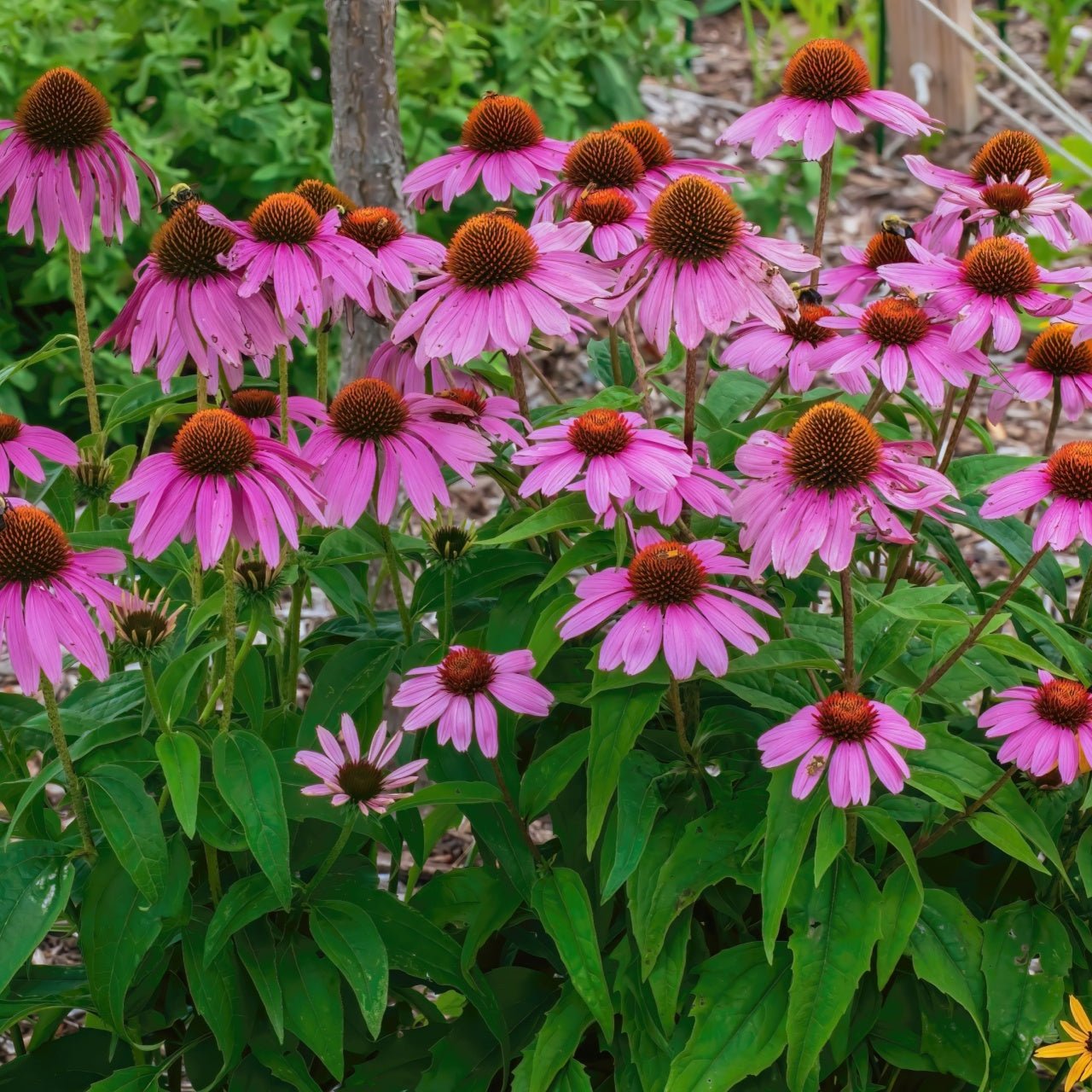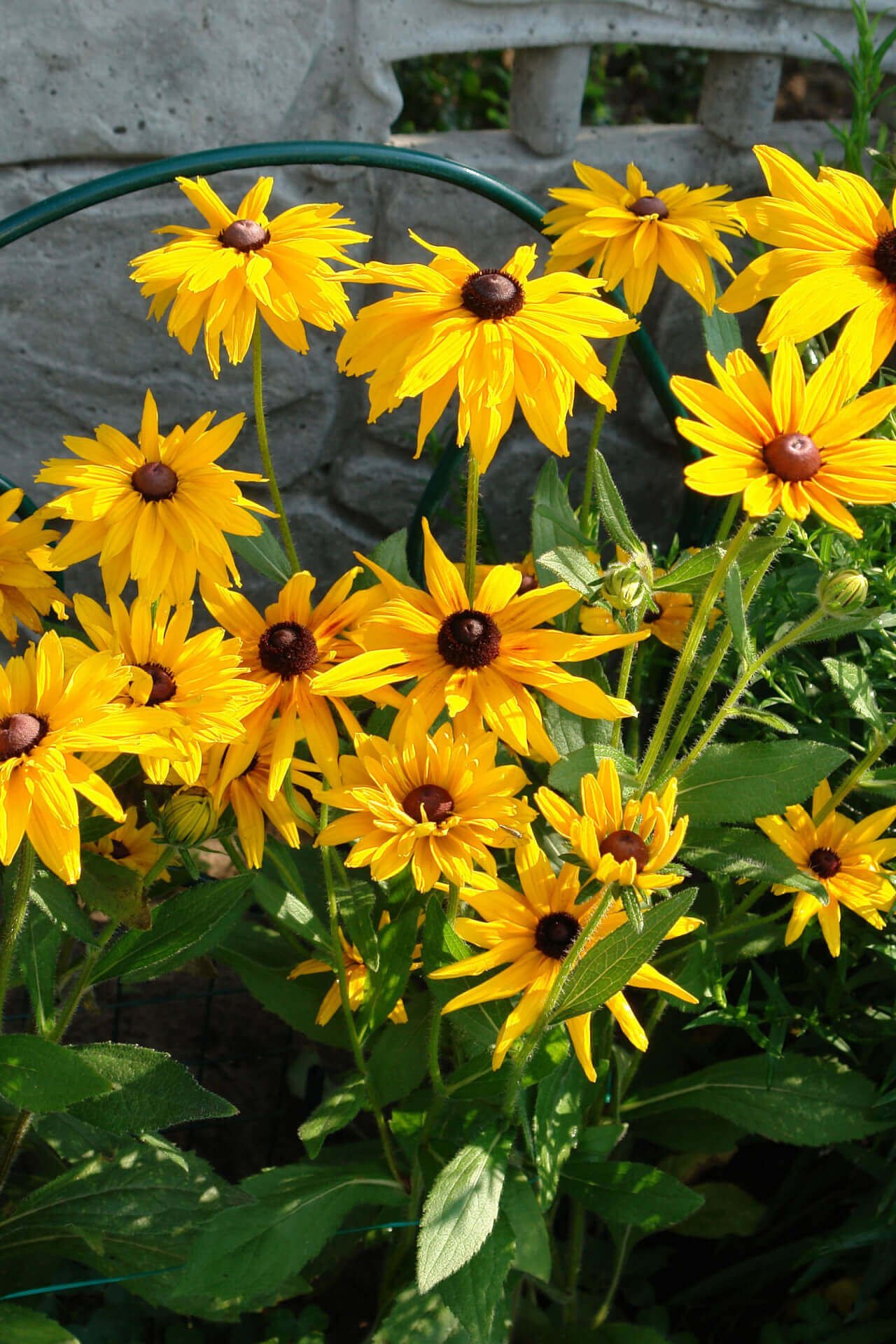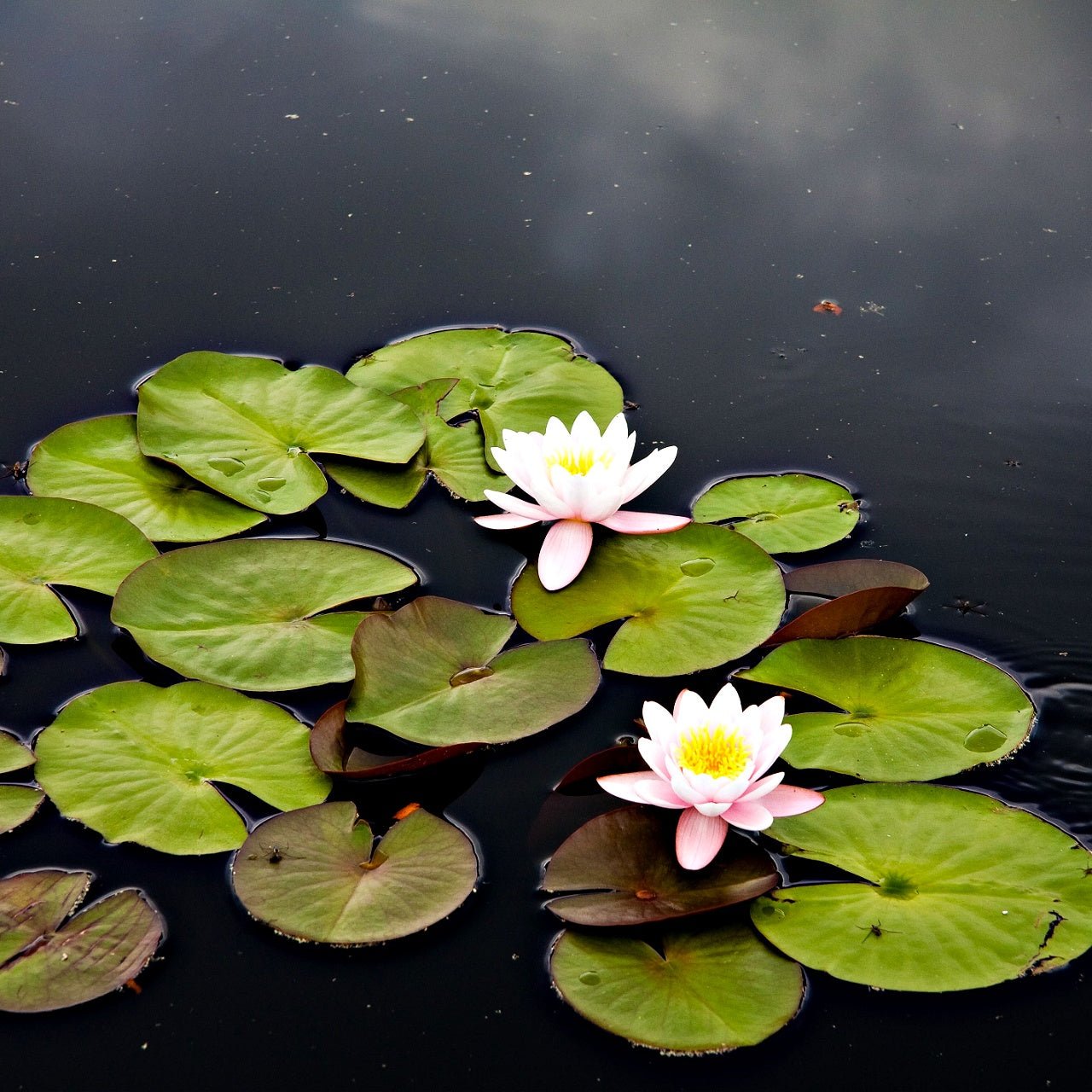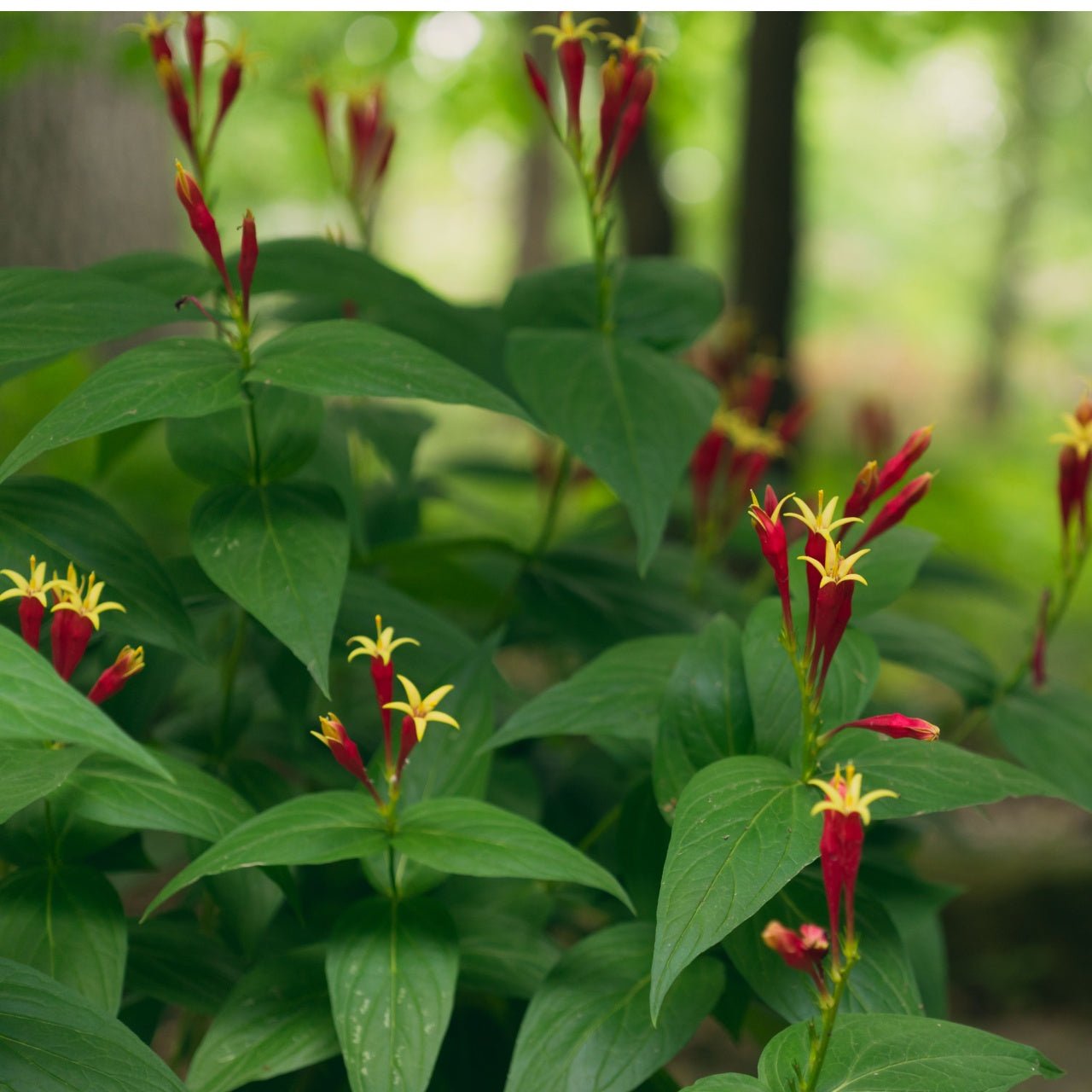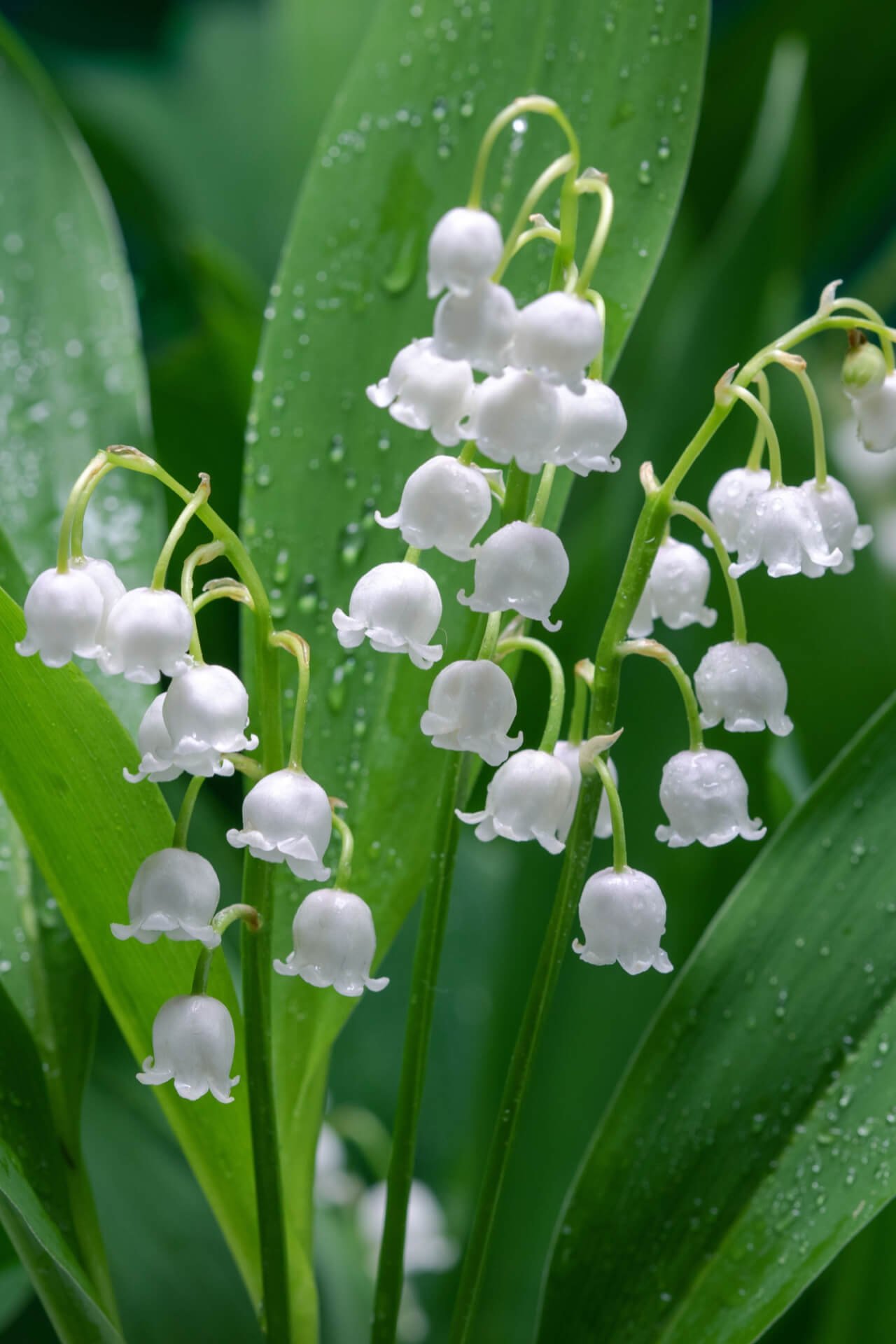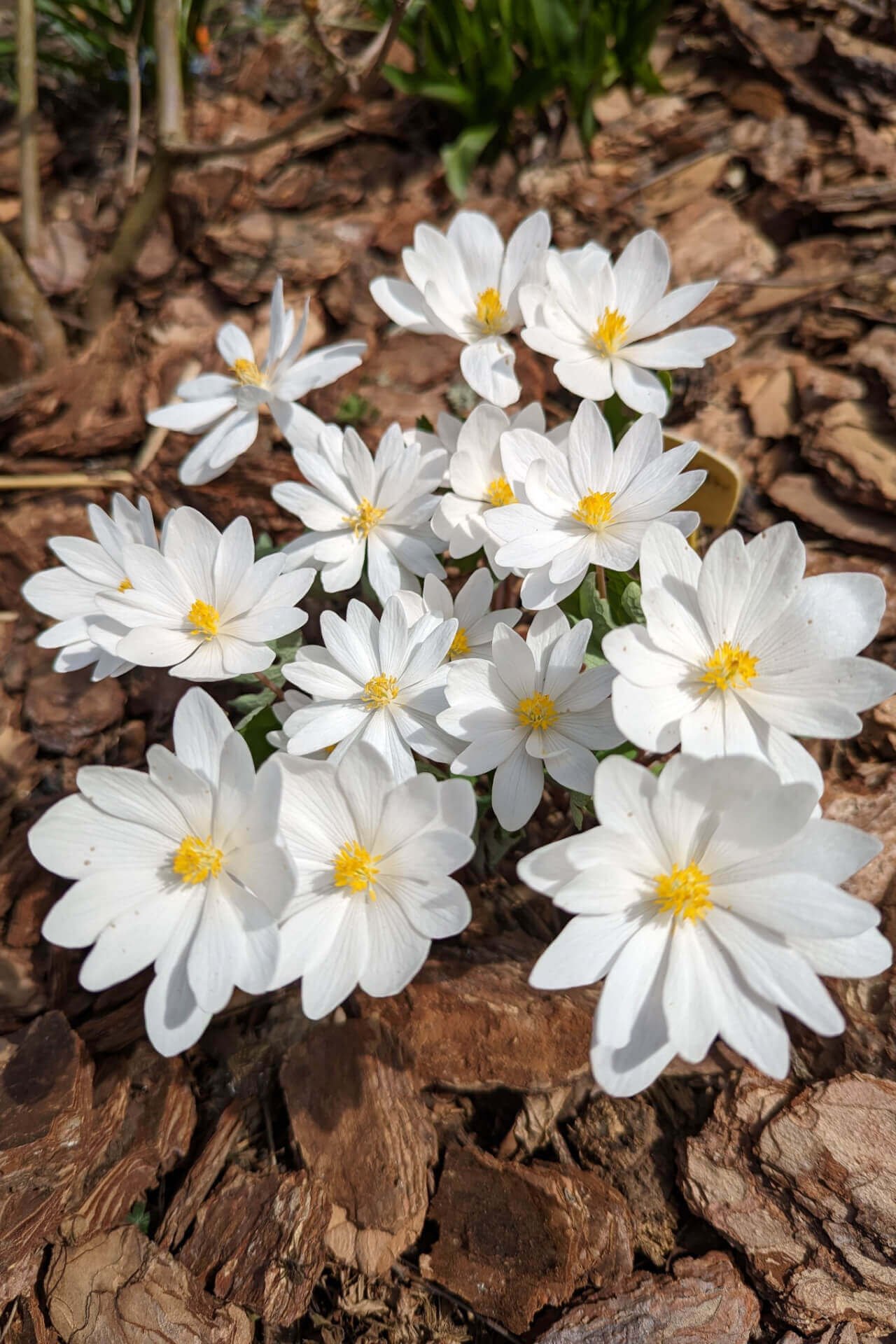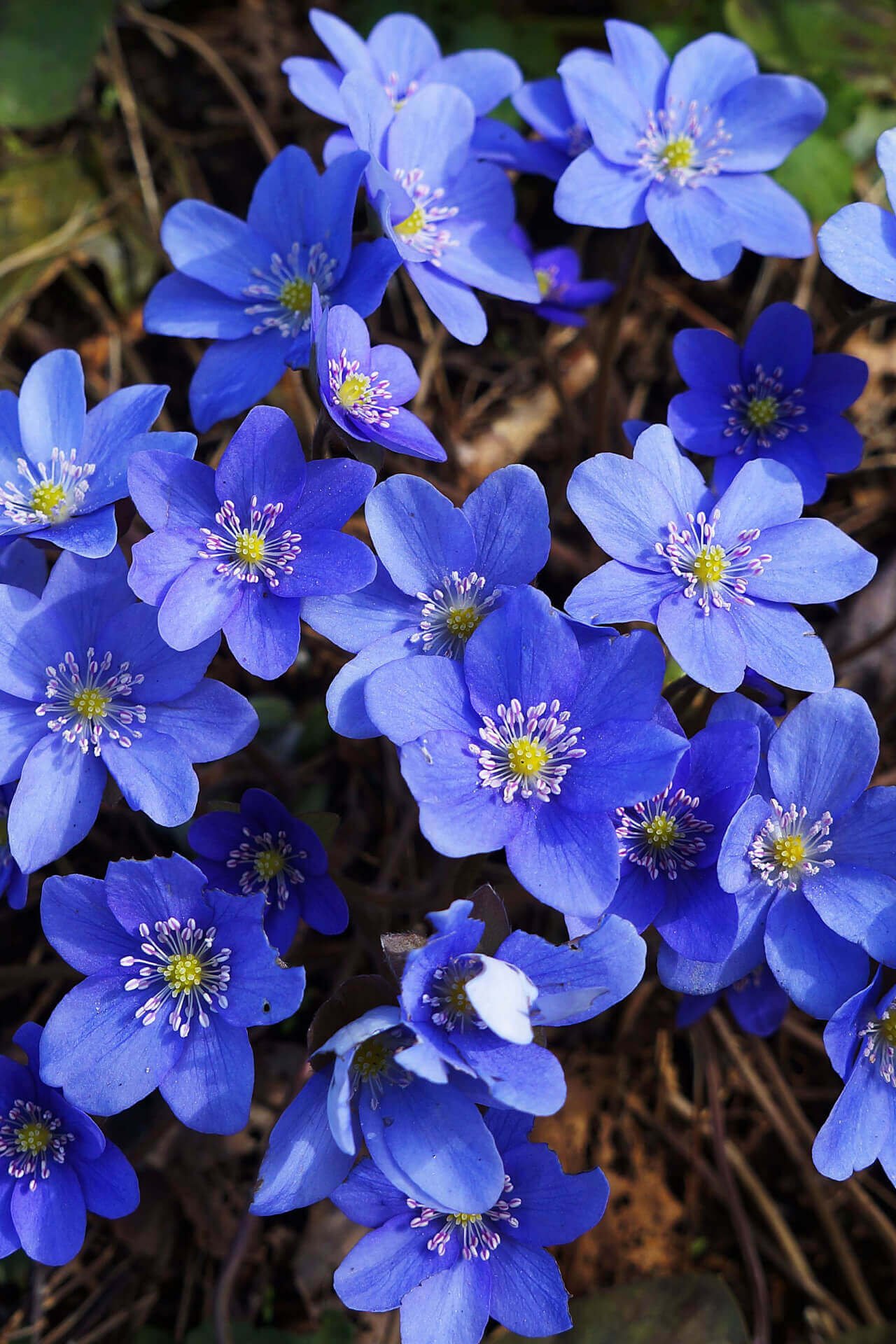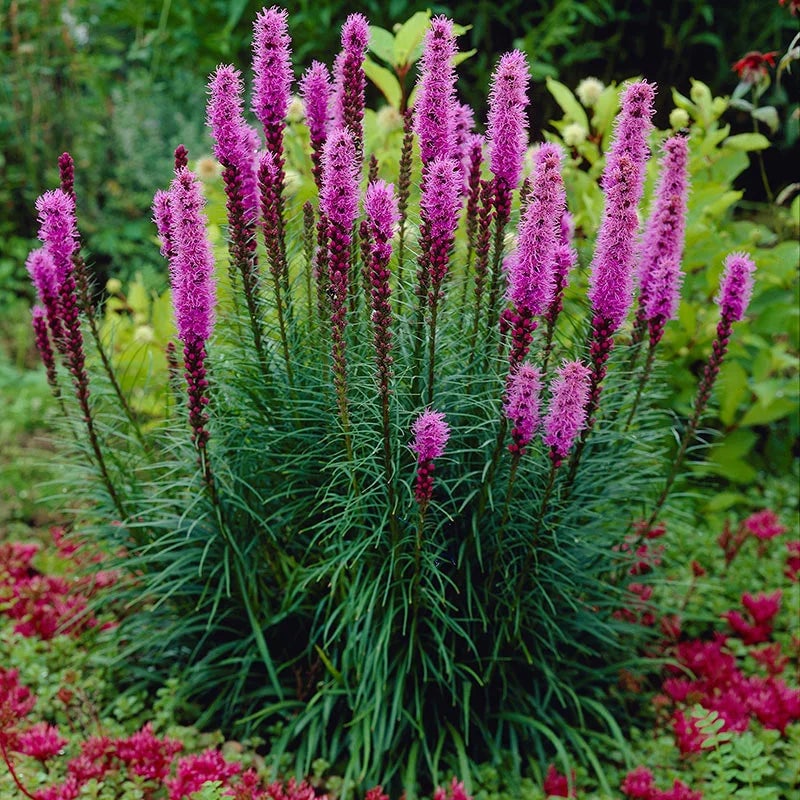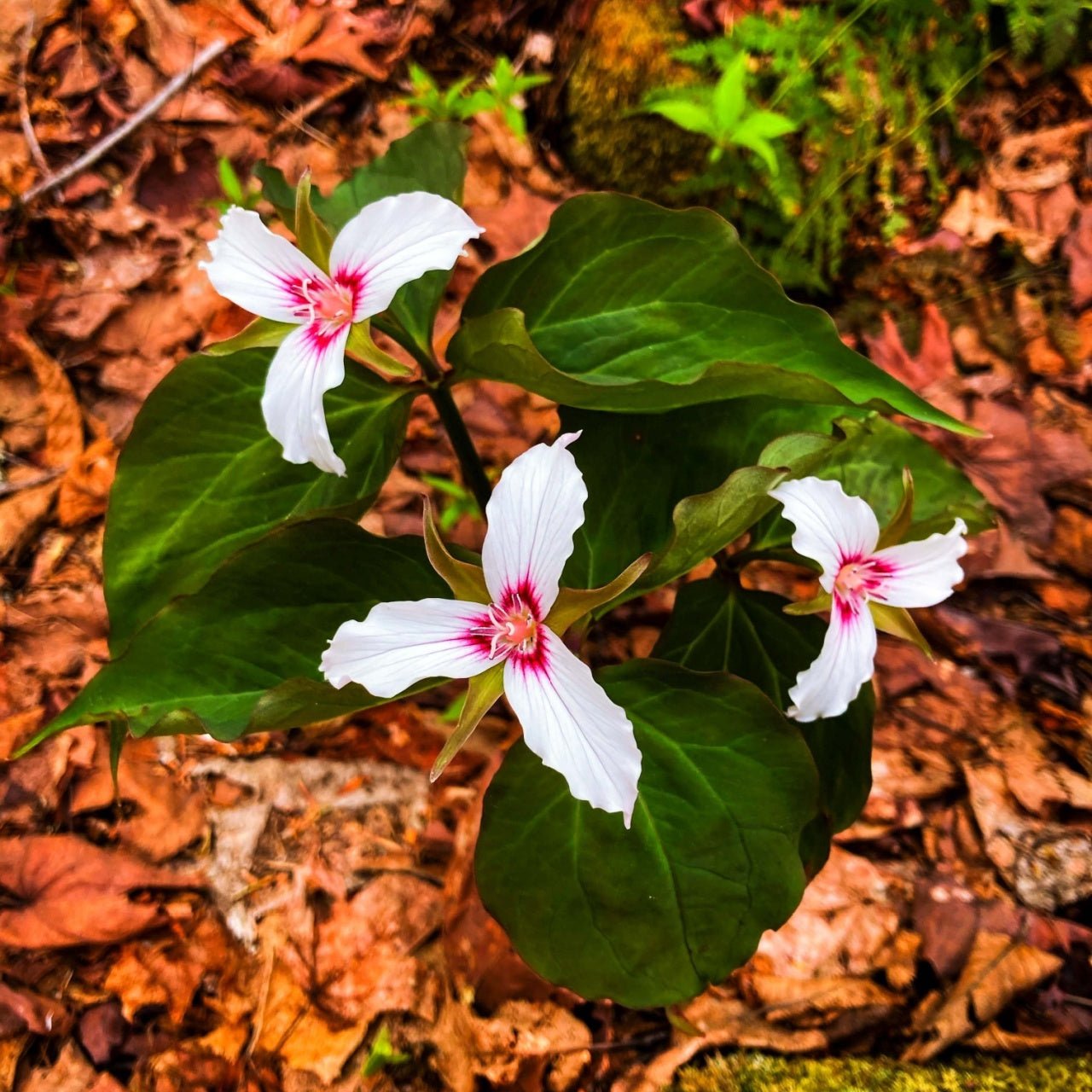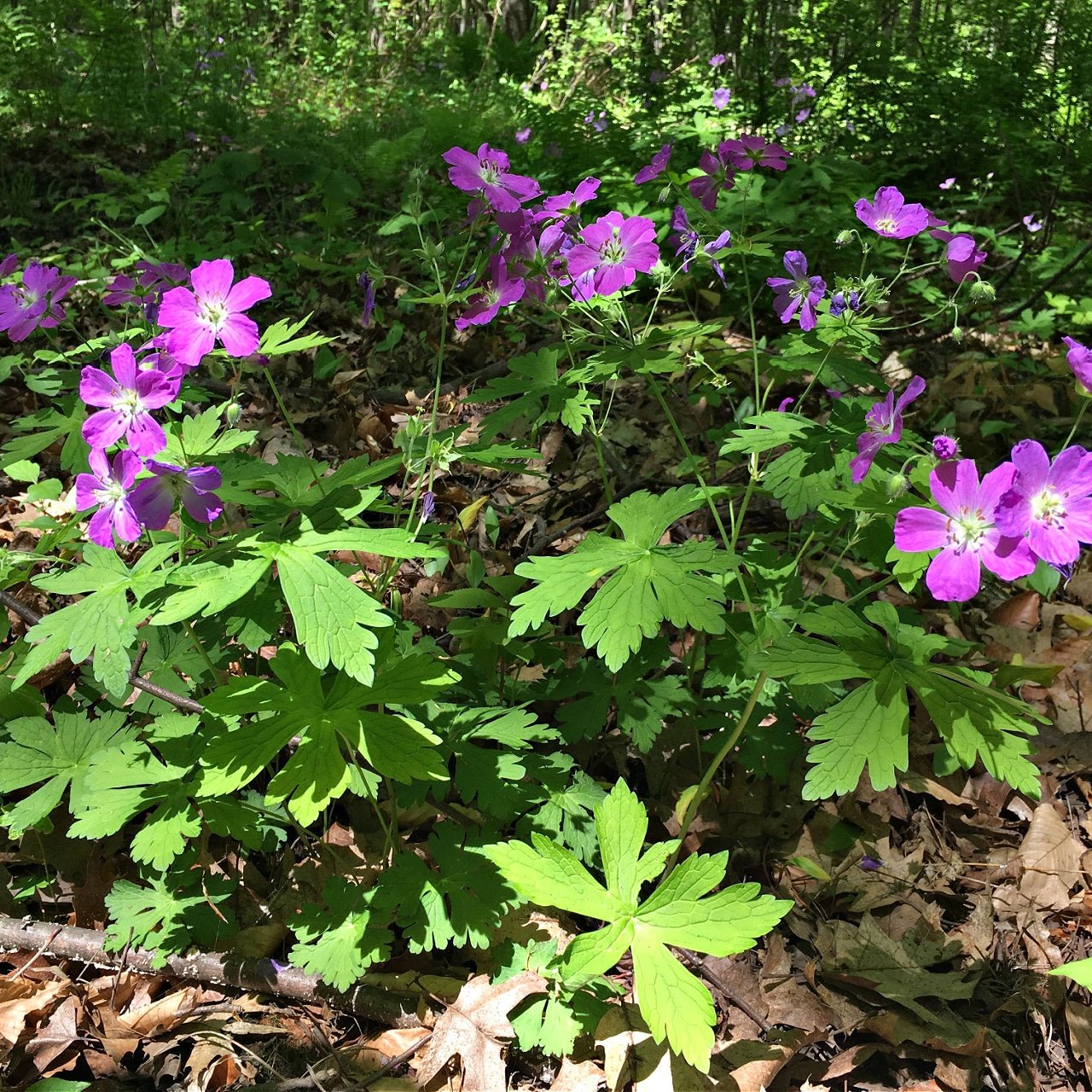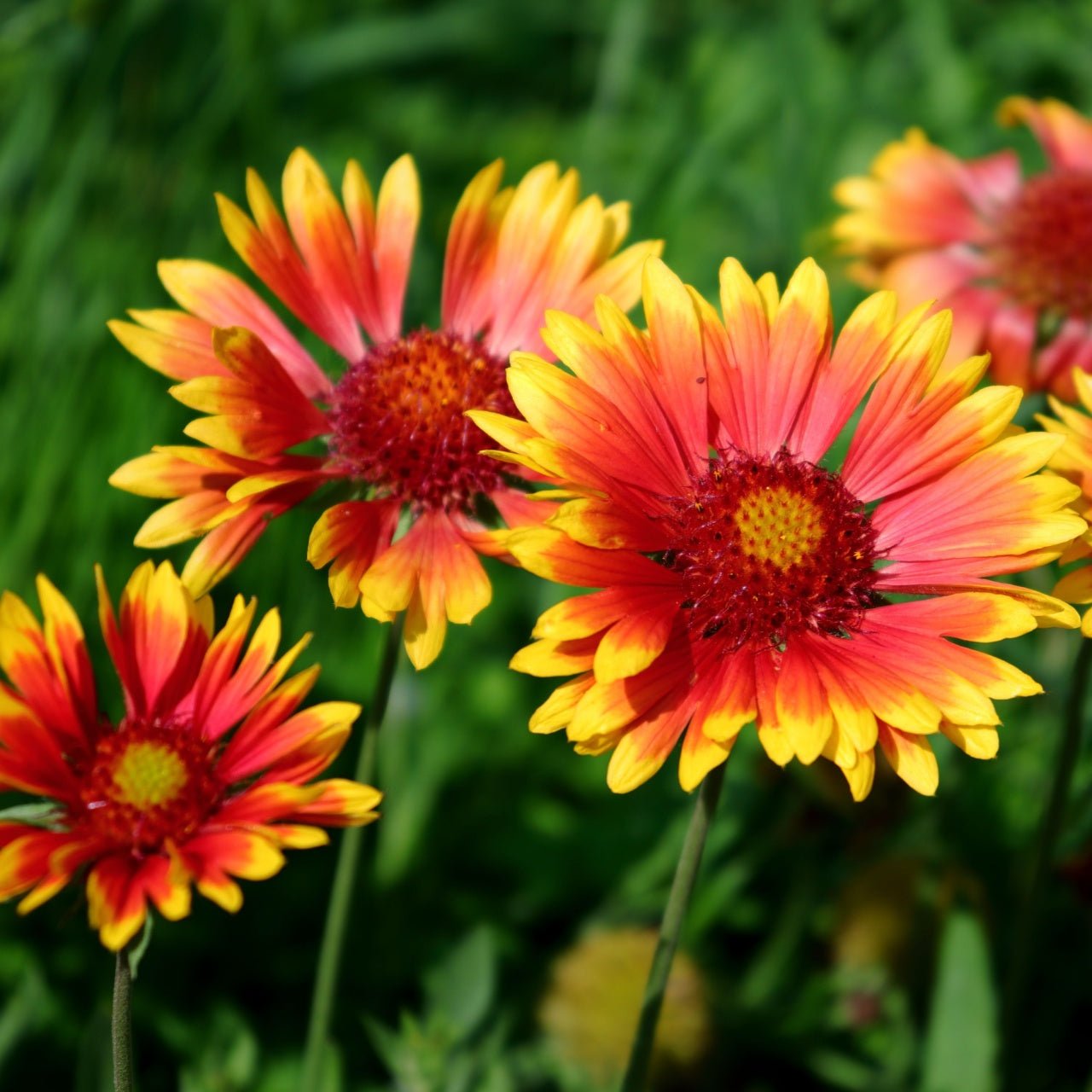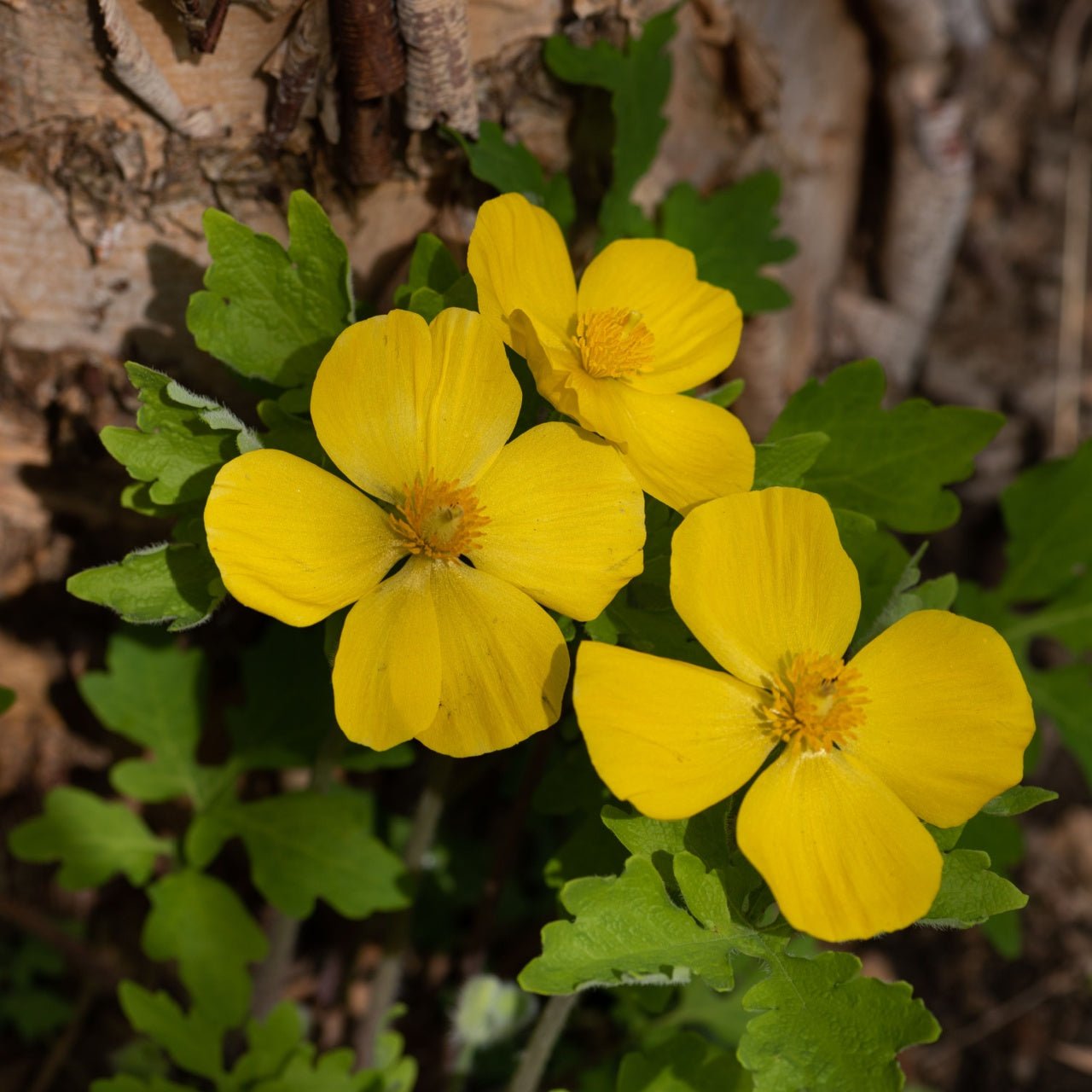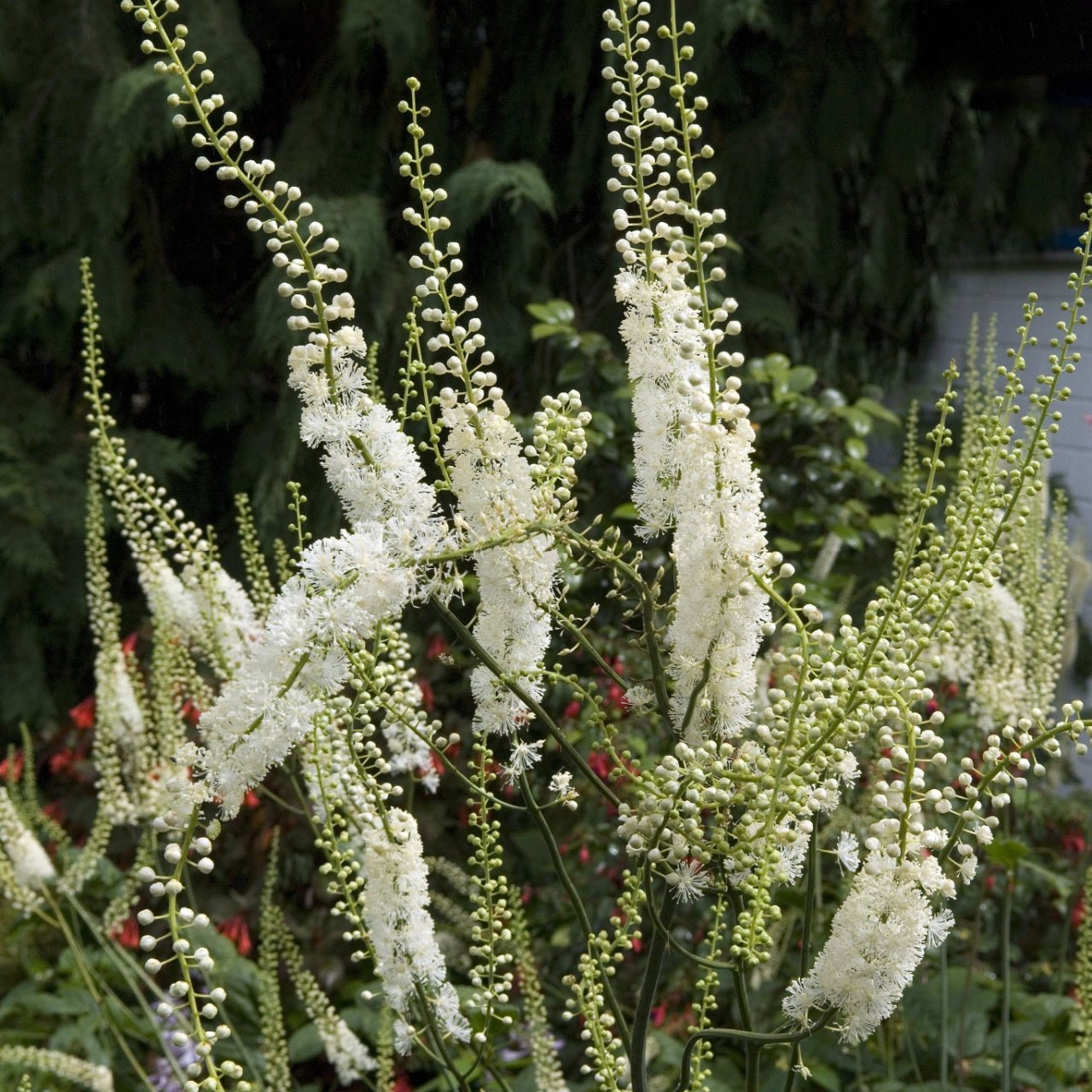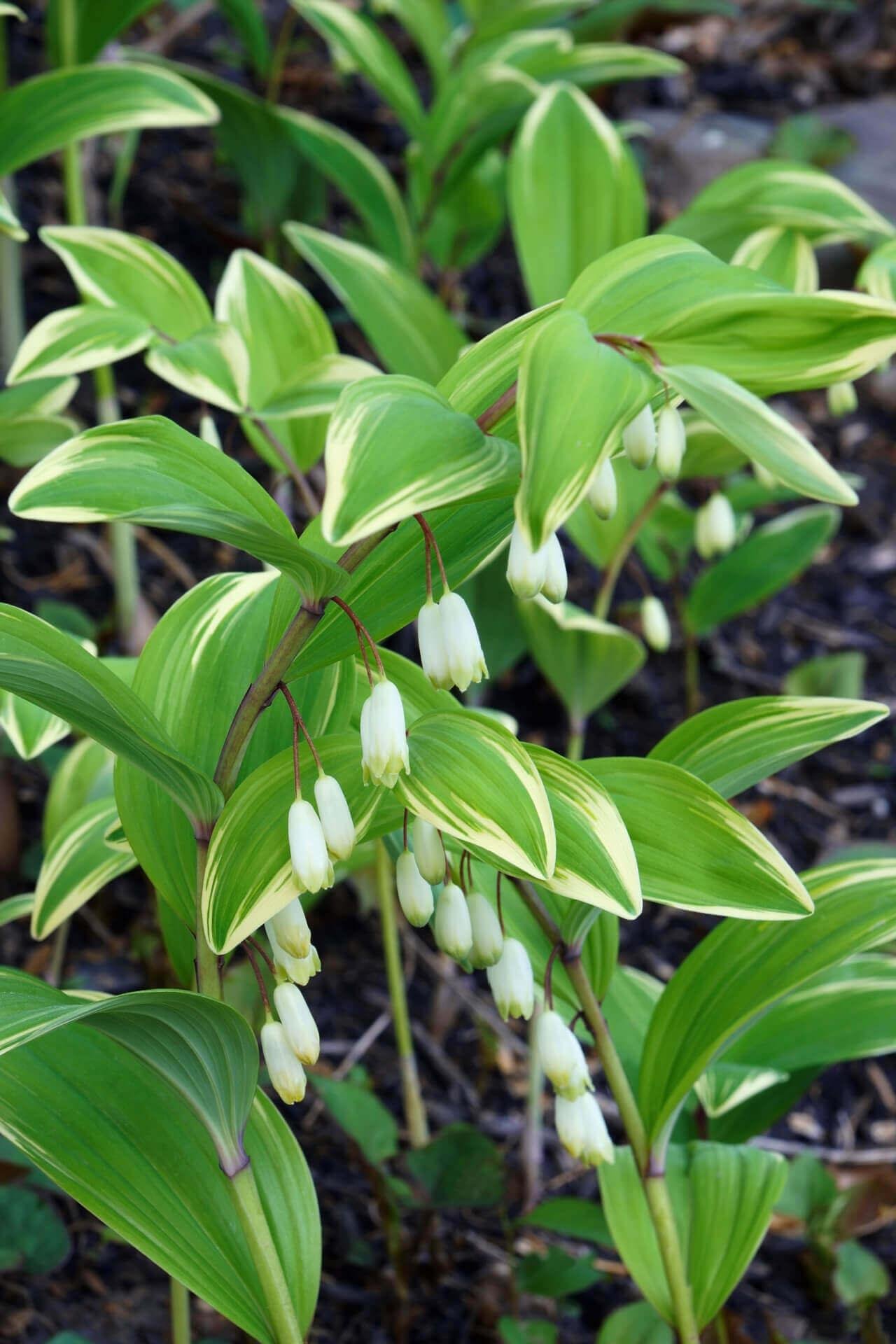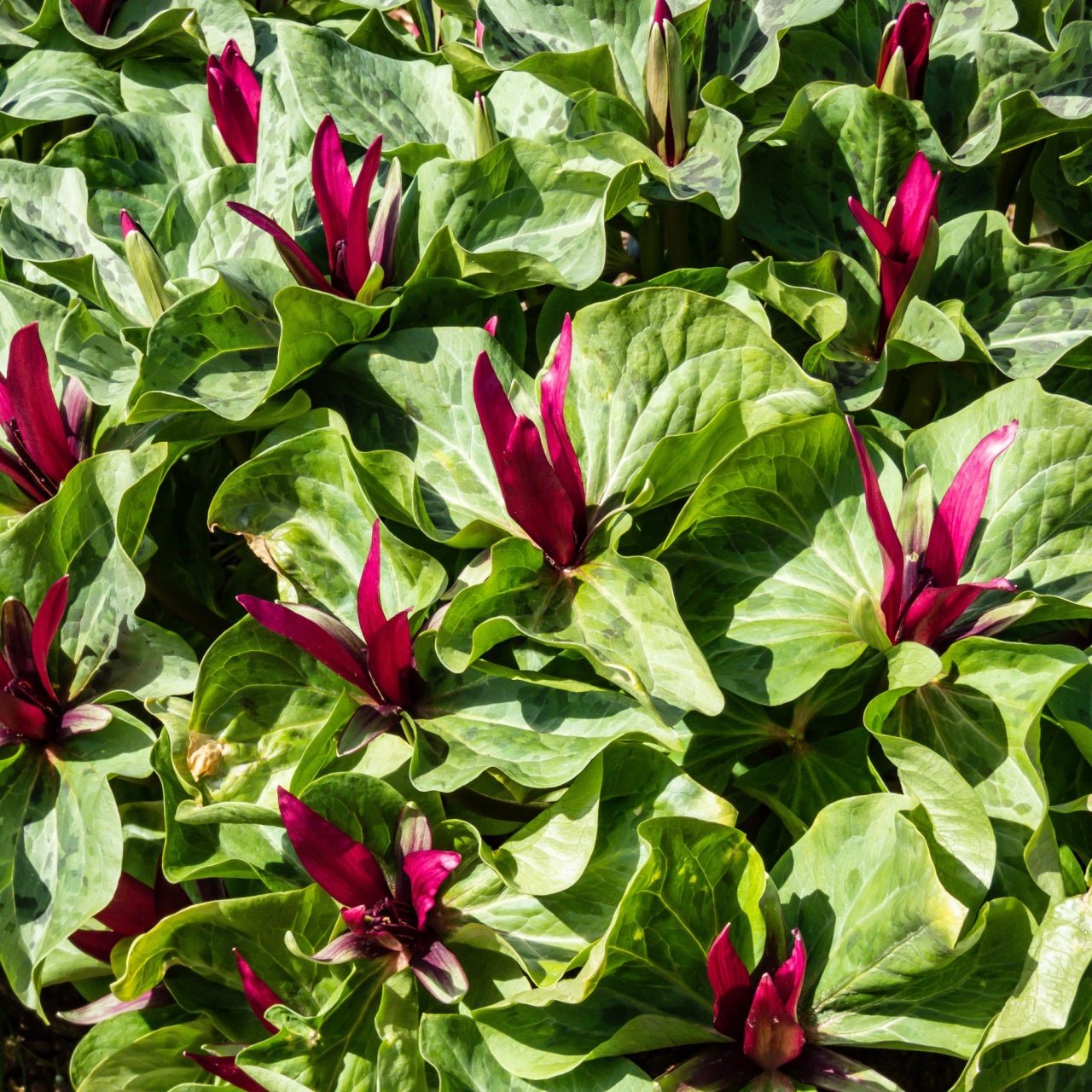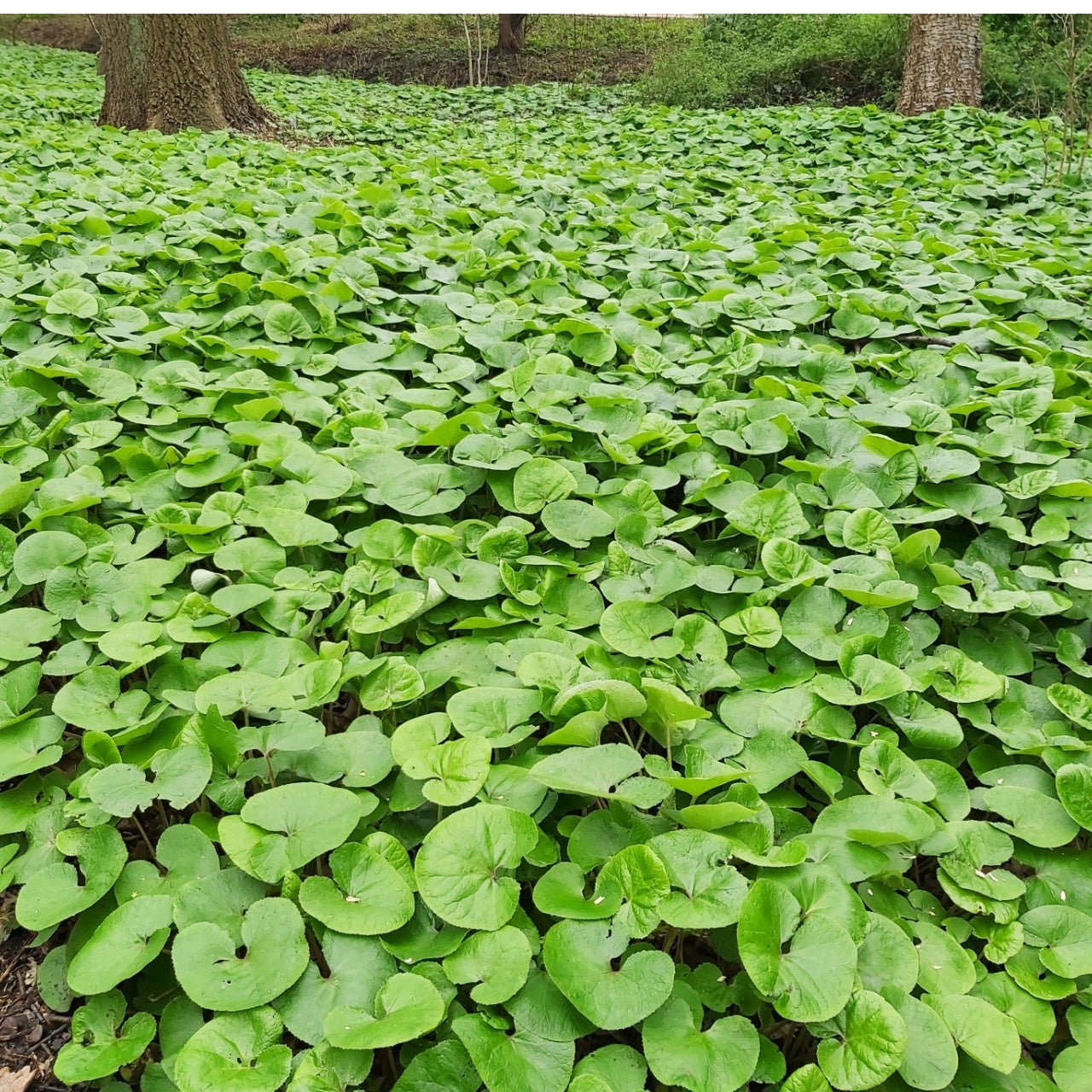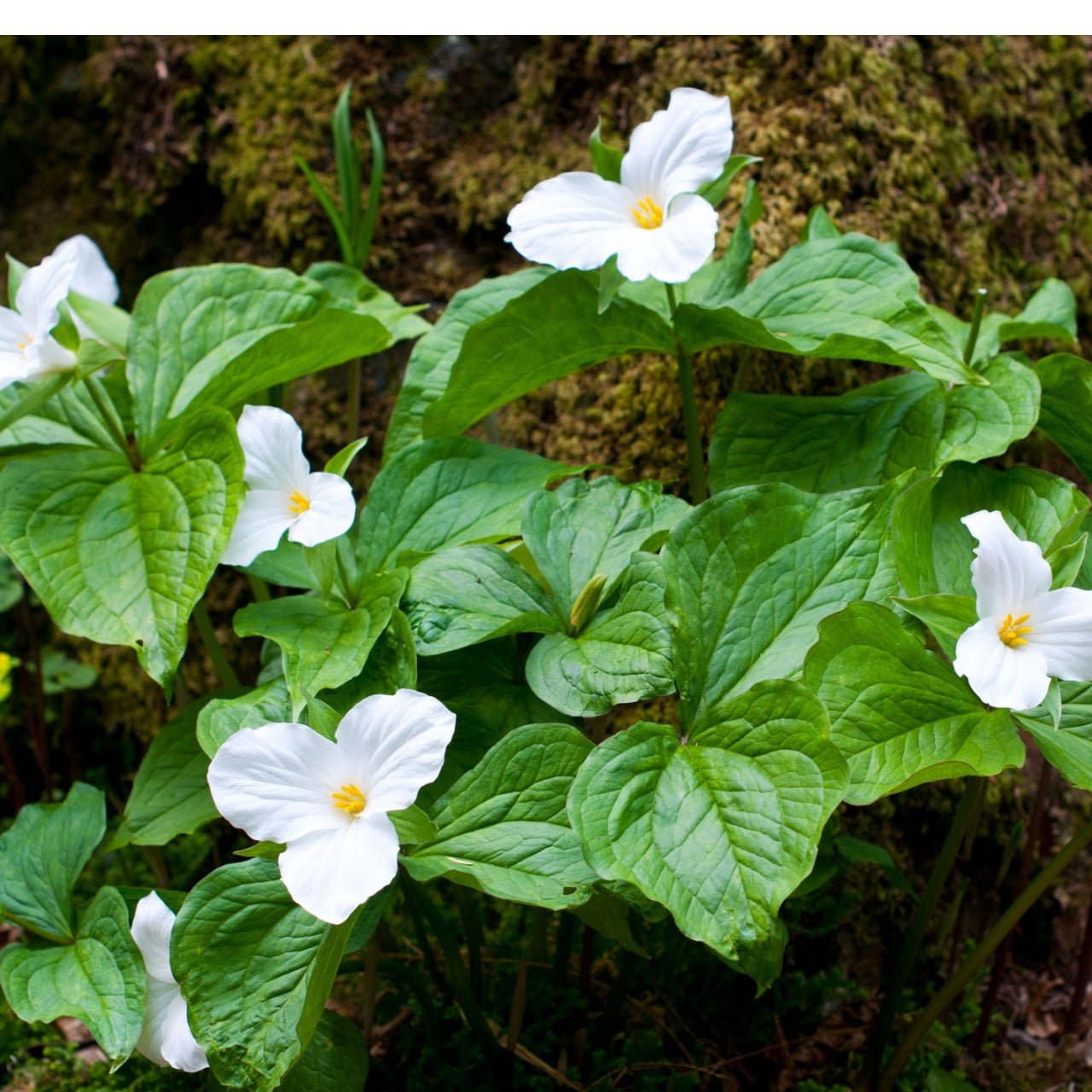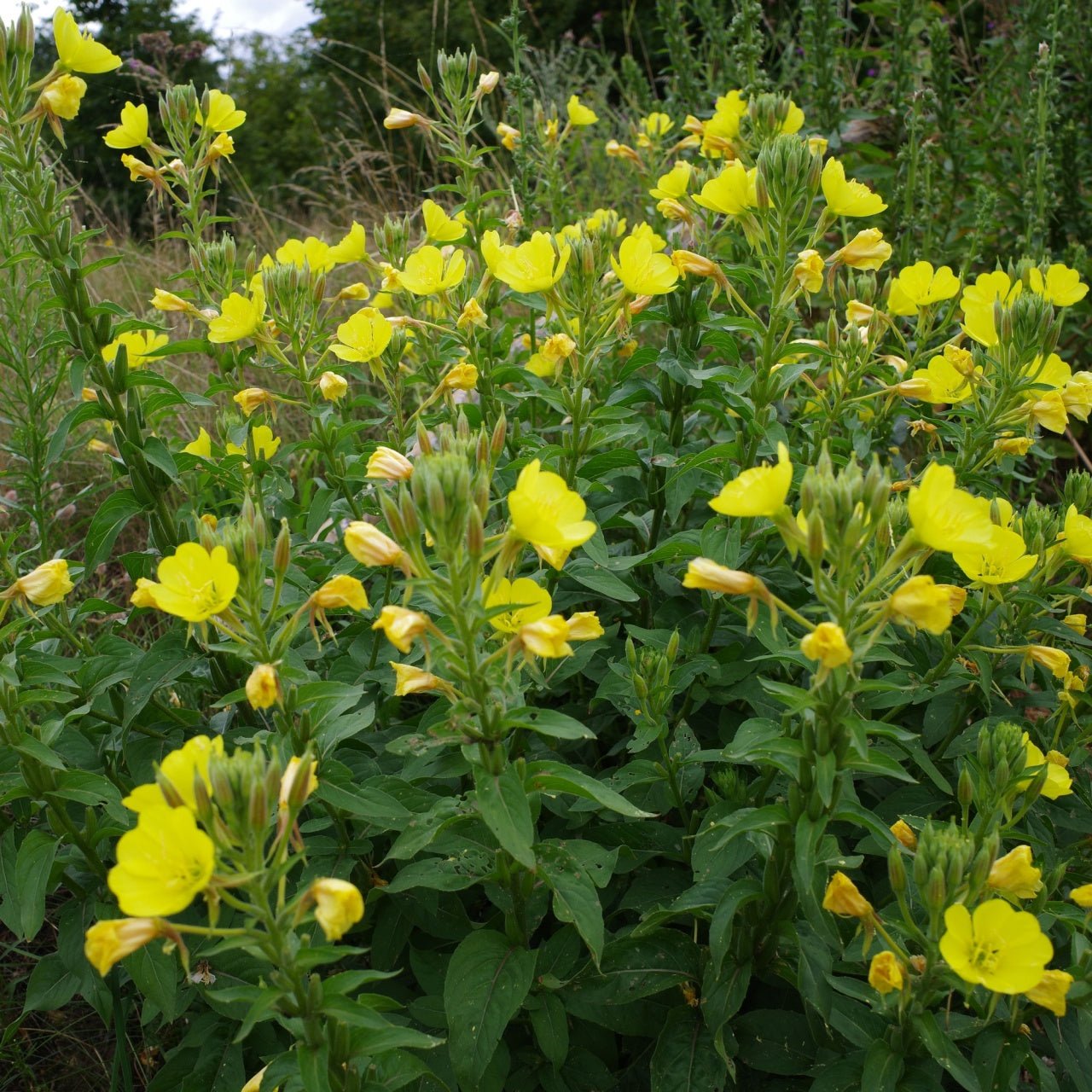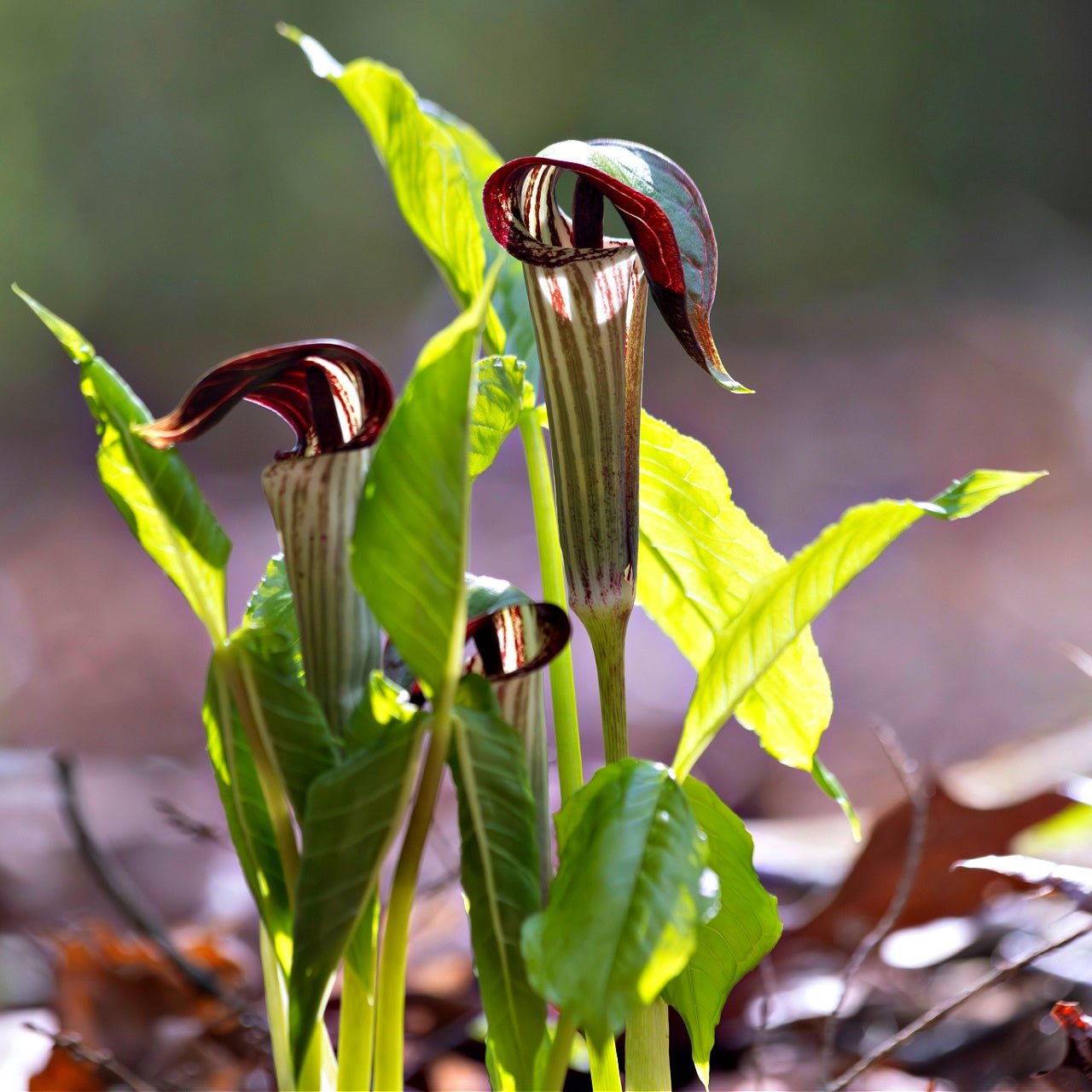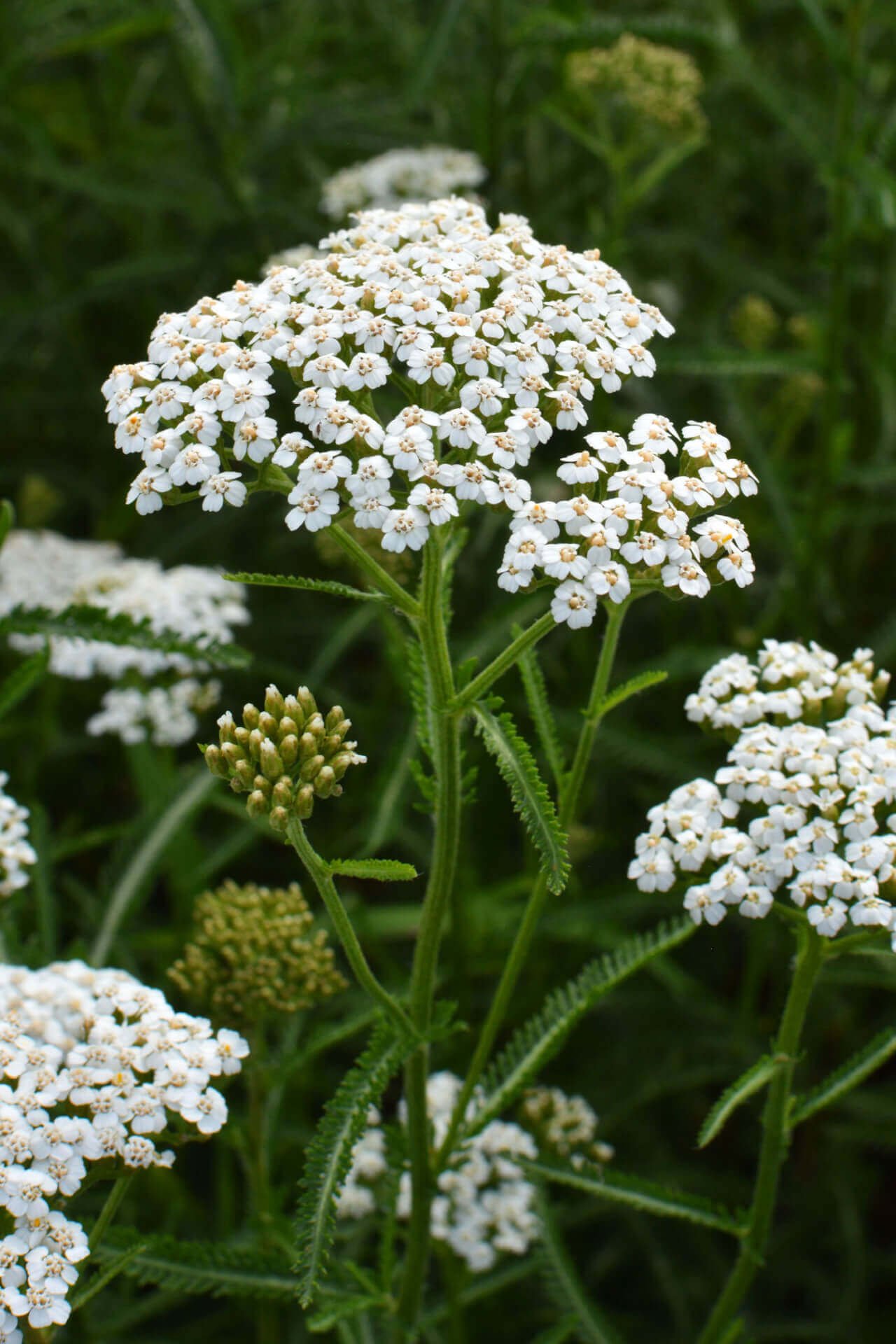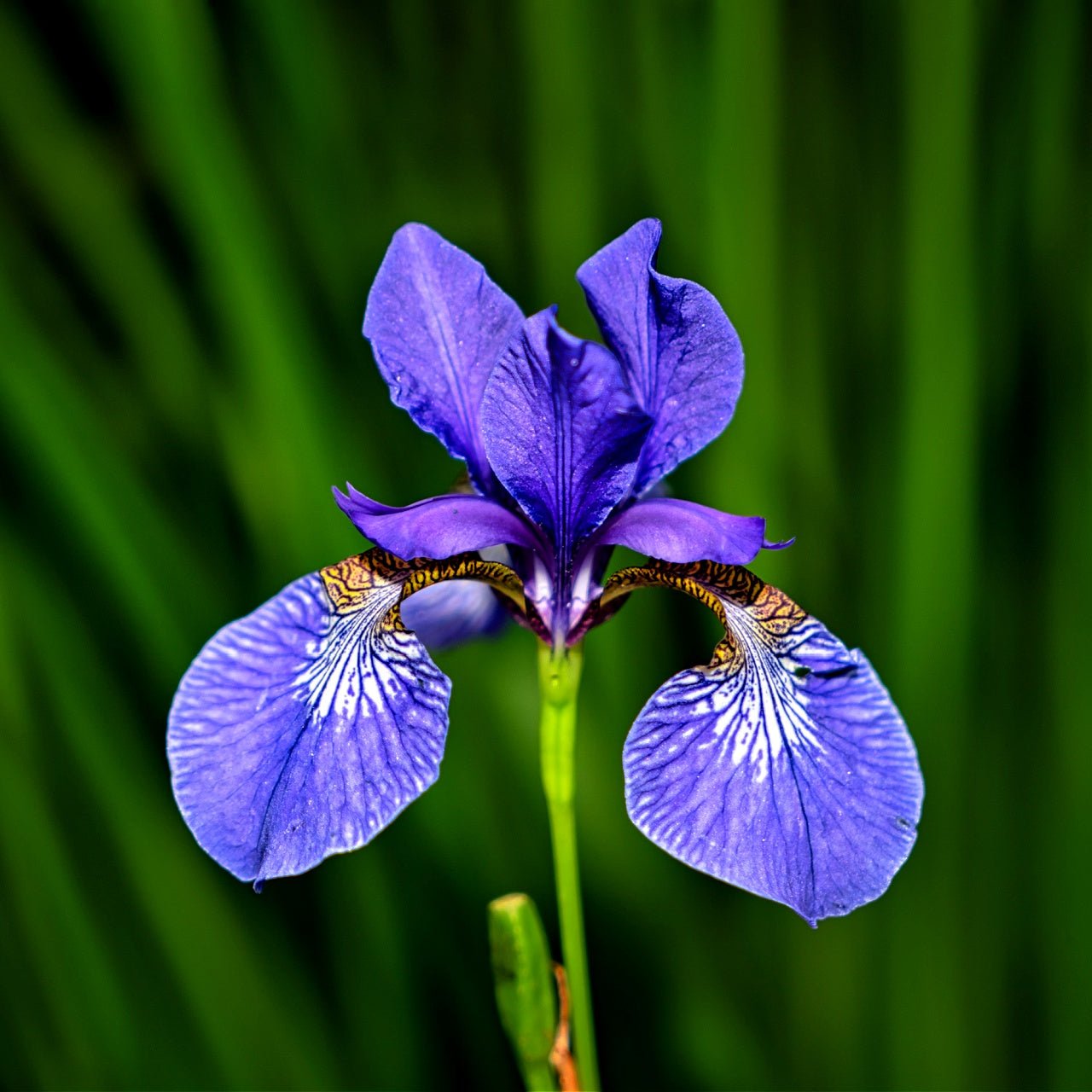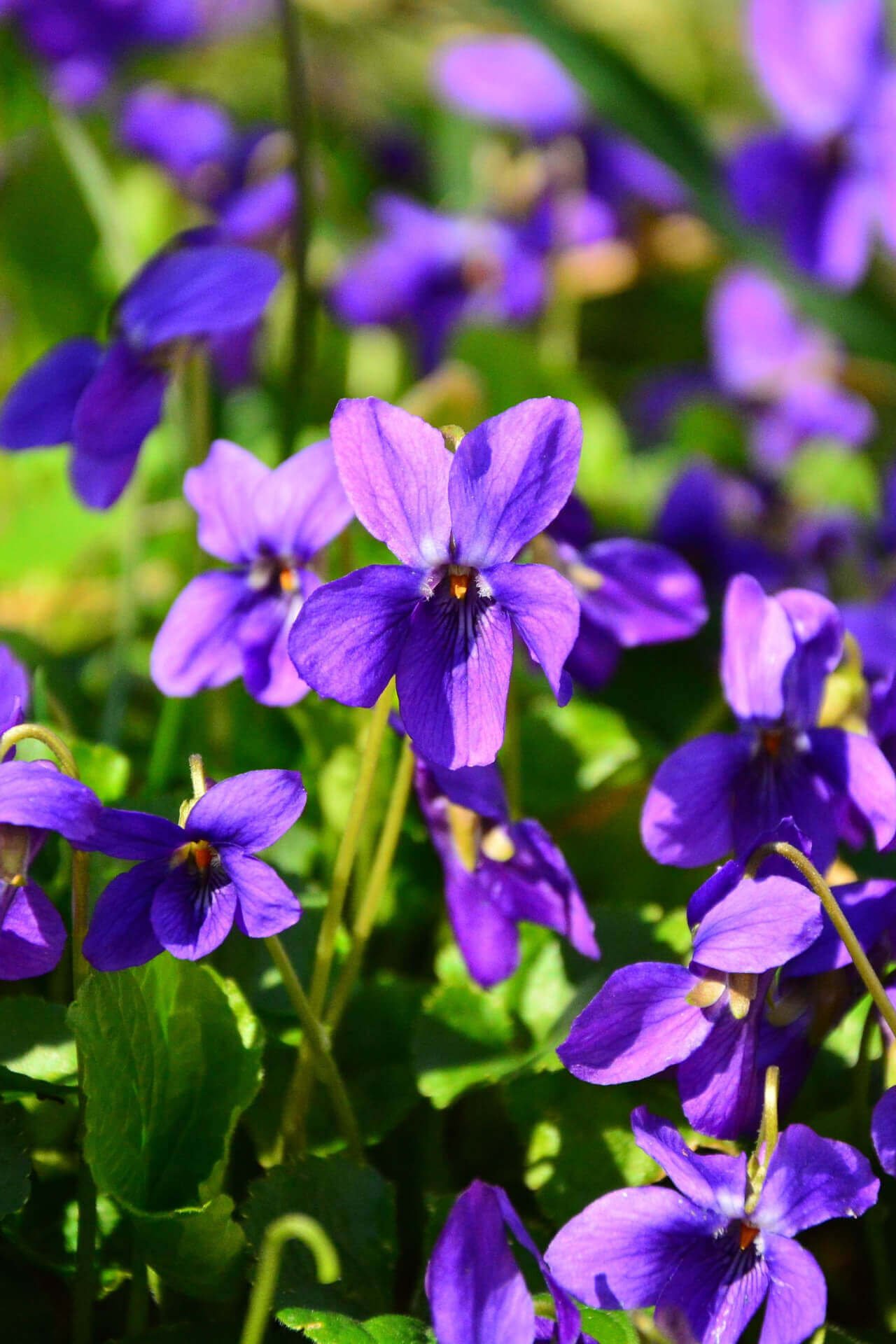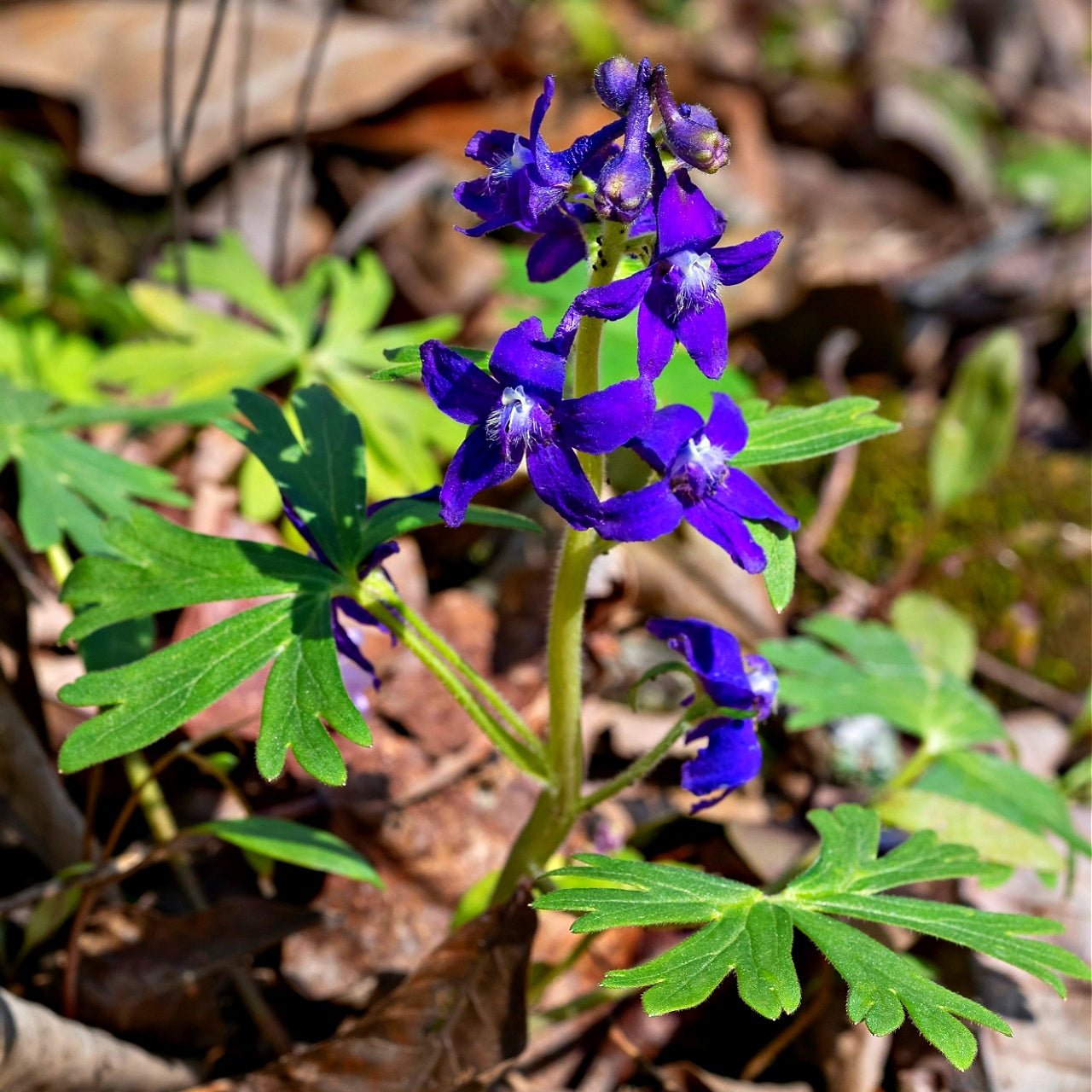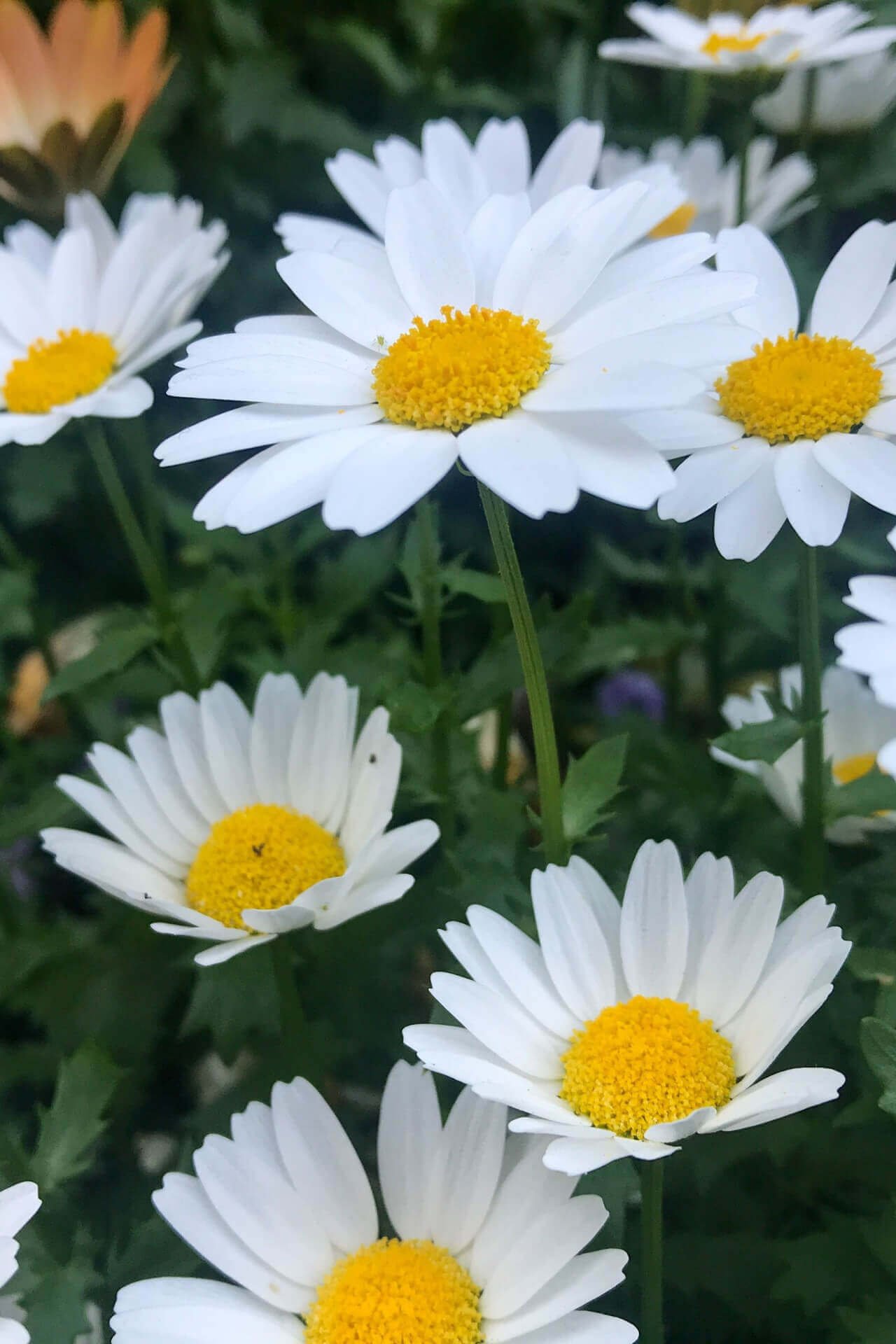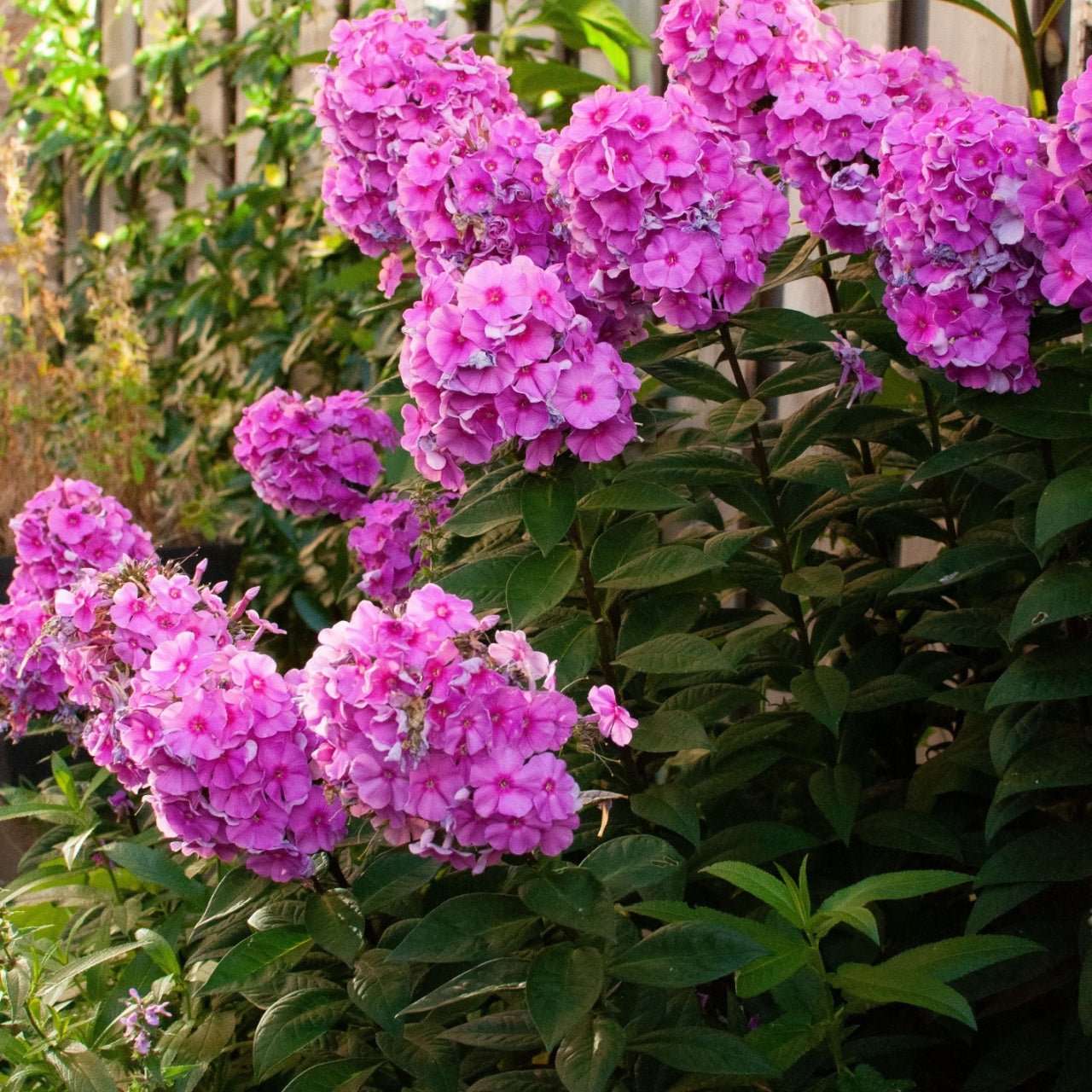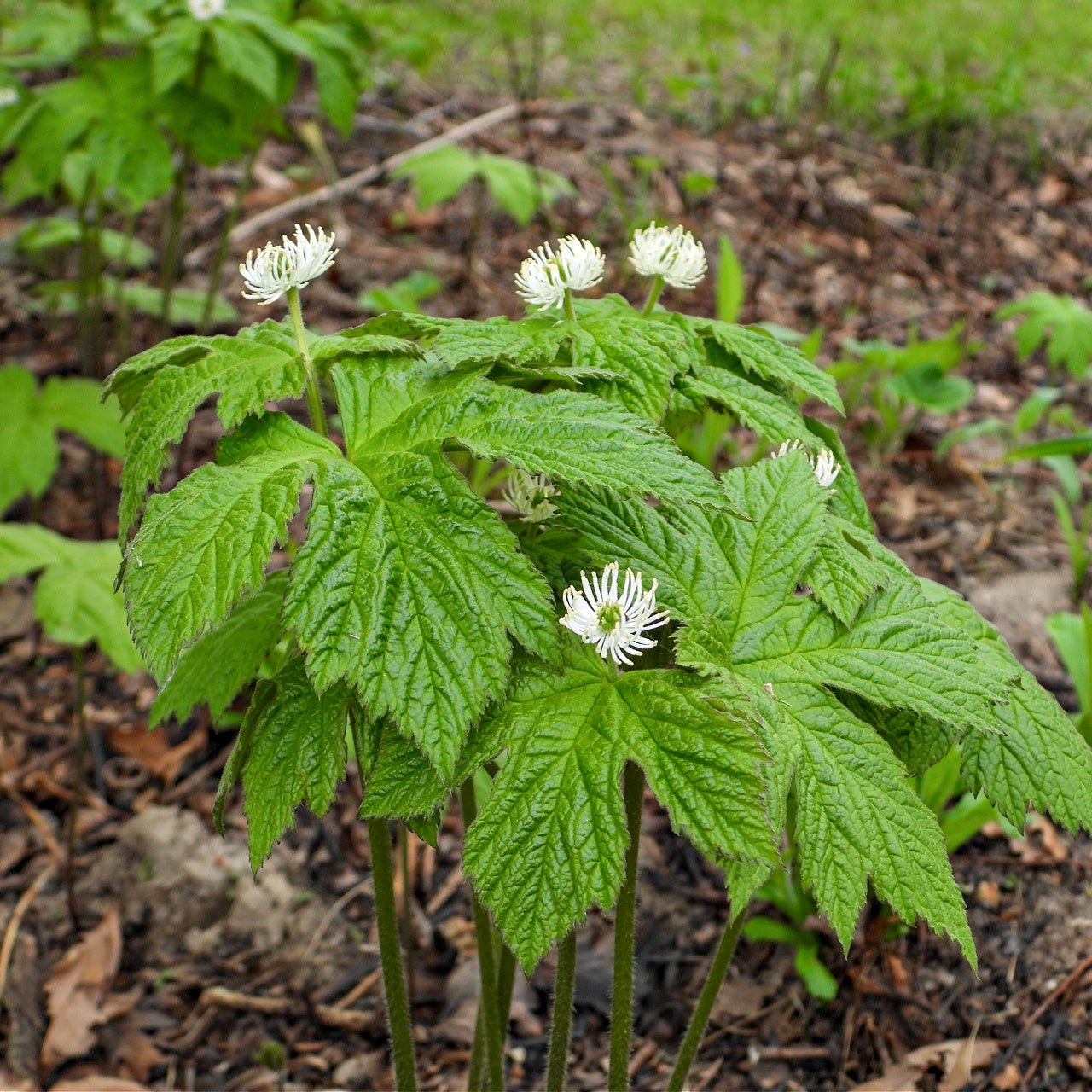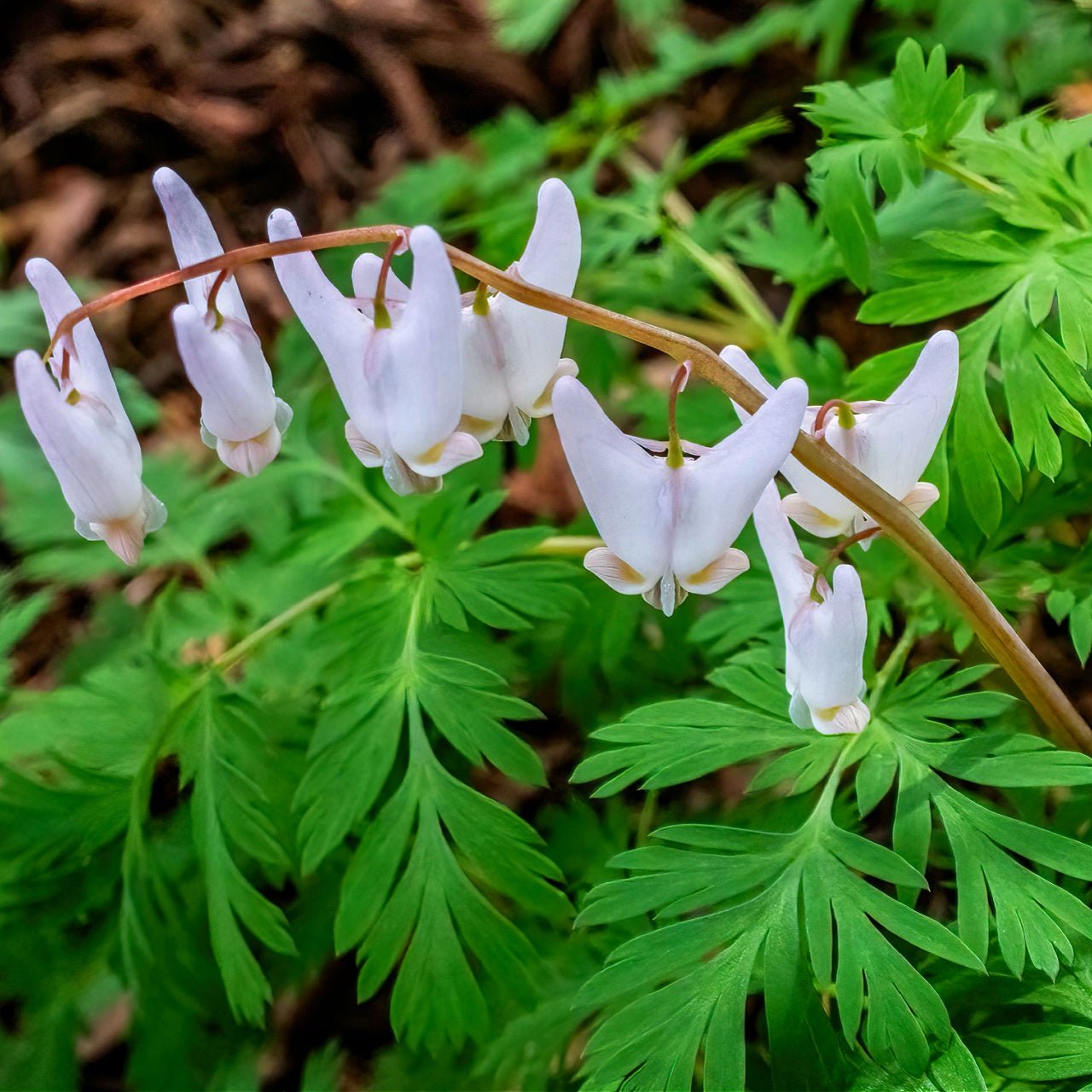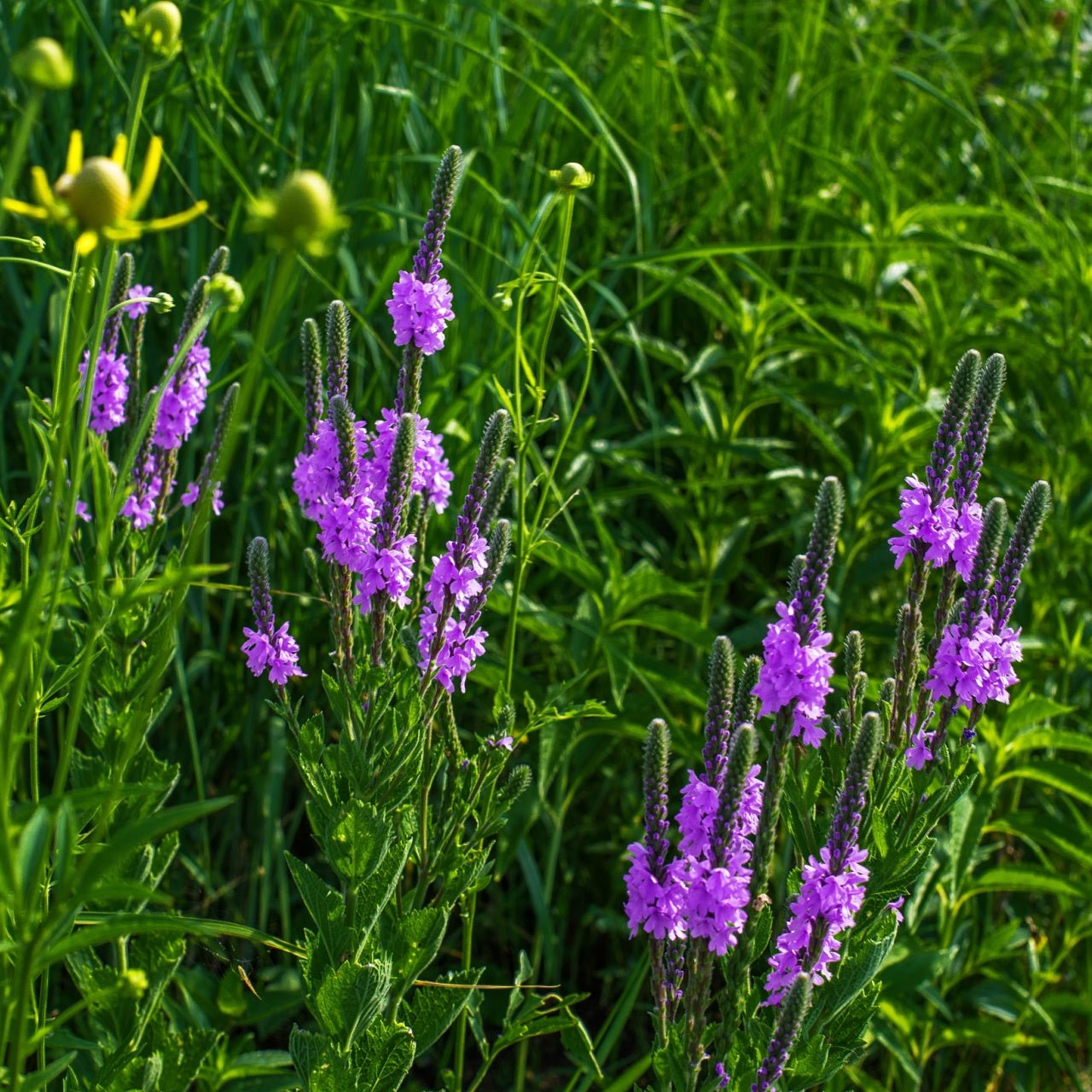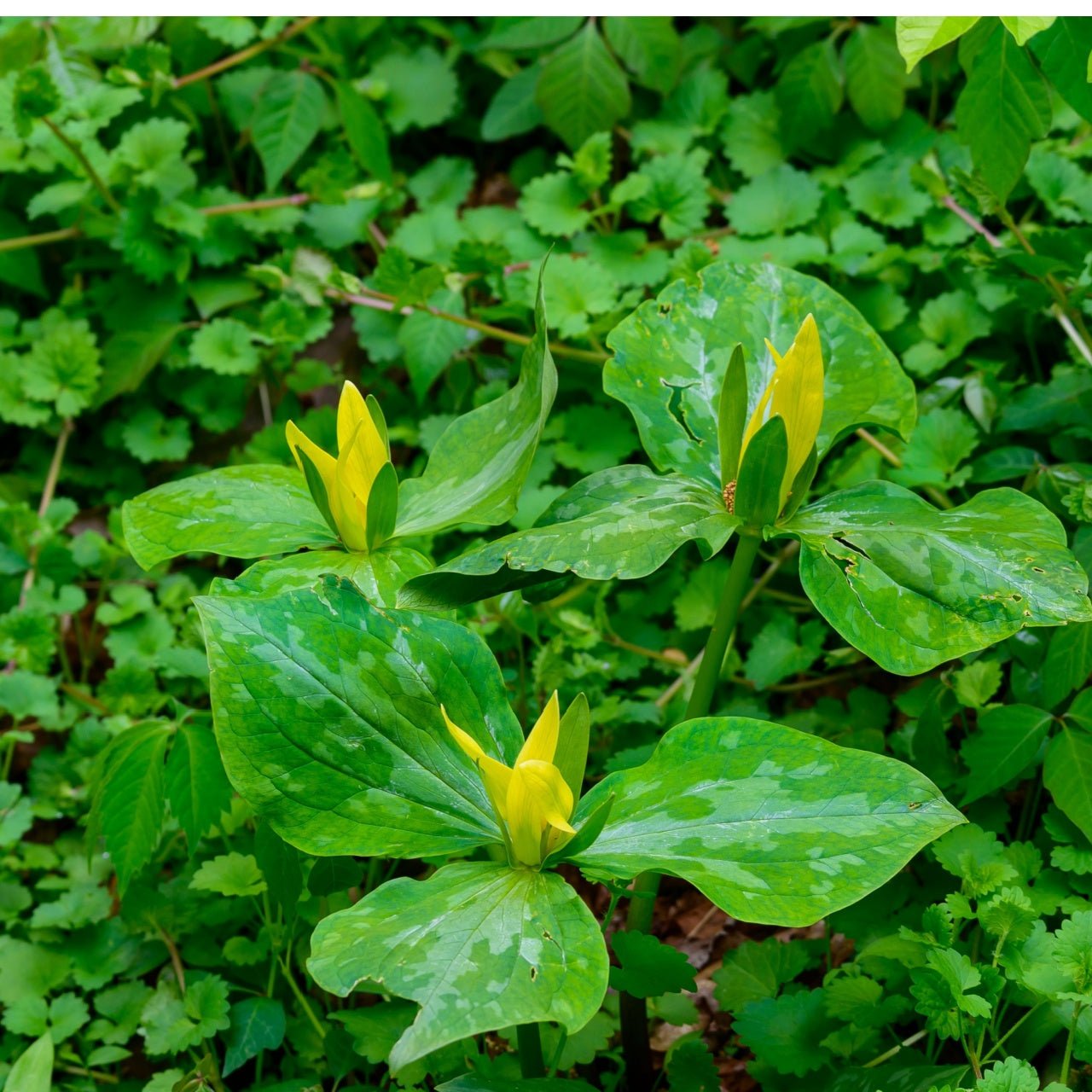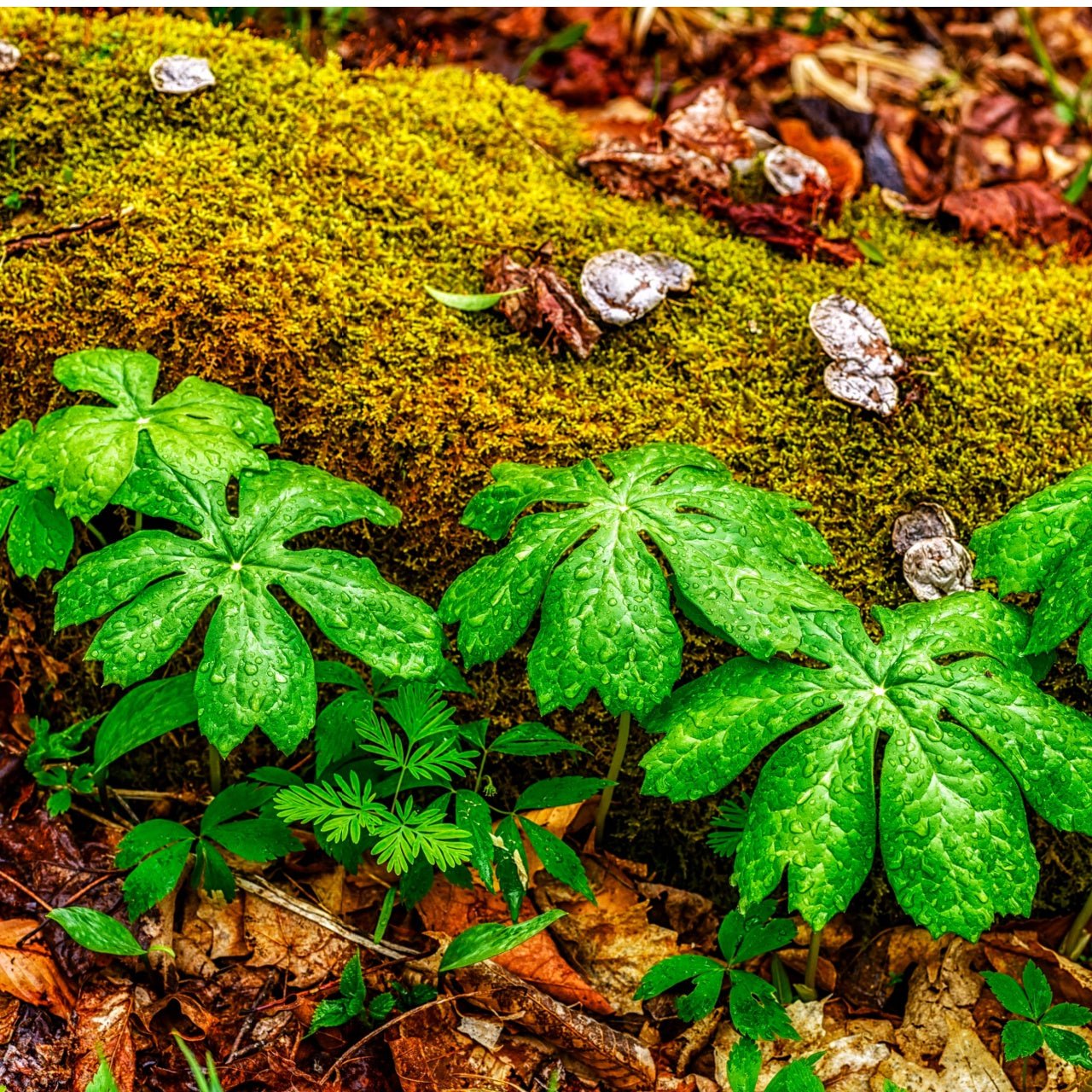Filters
Filters
Butterfly plants are an absolute must for the conscientious gardener. If you want to see more pollinators and increase your gardening yields this year, you need one (or more) of these flowers in the yard.
Butterflies love to visit gardens filled with vibrant flowers and many insects and bugs to feast on. Let’s be honest; the beauty of our garden gets better when these flutters of life visit it and jump from one flower to another. A yard filled with butterflies is truly a sight for your eyes.
Save The Monarch, It's Going Extinct
Unfortunately, many butterfly populations are declining due to the loss of habitat and limited food sources. Today, gardeners are leaning more toward adding butterfly plants to their landscaping to solve this problem. Knowing that the butterfly plant is not just another beautiful plant in your yard; it is a powerhouse of pollinators that helps these lovely creatures to feed, breed, and thrive.
TN Nursery offers a wide range of plants to incorporate into your landscaping. From Milkweed Plants to Cardinal Flowers and black-eyed susans to Blanket Flowers, we have plants in different shades, forms, and sizes ready to ship.
Featured Butterfly Plants
TN Nursery has an entire collection dedicated to different types and colors of butterfly-attracting perennials. Whether you are looking for vibrant options or need more subtle plants, we have you covered.
Hepatica is one of the most popular butterfly plants for sale in our collection. This beautiful wildflower, which belongs to the buttercup family, blooms in early spring. This dainty flower is known for its distinctive shade of blue, which makes it perfect for attracting butterflies and other pollinators.
Red Trillium Is A Wonderful Butterfly Plant
Another top-rated butterfly plant is Red Trillium. This flower, with its stunning three deep red or maroon petals, seems to be loved by both butterflies and gardeners. While this plant smells like rotting meat, it does an excellent job of attracting pollinators.
You should also check out other favorites, including Bloodroot Plant, Trumpet Vine, Wood Poppy, and more, which can be explored by exploring our broad butterfly plants for sale collection.
Easy to Grow
Tips for Planting For Success
Start by choosing a mild day—avoid harsh sun or wind—and prepare soft, well-drained soil with compost to give roots a gentle start. Dig a big enough to nestle the plant without crowding it. Hold it carefully by the base, not the stem, and set it in place so the roots can spread naturally.
Backfilling the Soil
Fill in soil lightly, firming it just enough to hold the plant upright without packing it too tightly. Water slowly at the base to avoid splashing or stress. Add a light layer of mulch to help with moisture, but keep it clear of the stem.
Monitor Progress
Over the next few weeks, monitor daily, especially during hot or dry spells, and protect from foot traffic or heavy rain. By nurturing them early, you help fragile plants root securely and grow into lasting, sustainable parts of the garden.
Grow Tips For Success
Mulching Tips
Use natural mulch like shredded leaves or straw to help keep the soil cool and prevent it from drying out, but be careful not to press mulch against the stems.
If your plants are in a breezy or exposed area, consider using shade cloth or planting them near sturdier companions to protect them from wind and harsh sunlight.
Avoid Chemicals Unless Necessary
Avoid using chemical fertilizers in the early stages—compost or diluted organic teas are better for building soil health without overwhelming delicate roots. If the stems are tall and thin, provide light support with small stakes and soft ties, being careful not to damage them.
Check plants for Stress
Check plants often for signs of stress or pests and respond gently to any issues that arise.
With a steady, thoughtful approach, even the most delicate plants can become strong and lasting additions to a sustainable garden.

